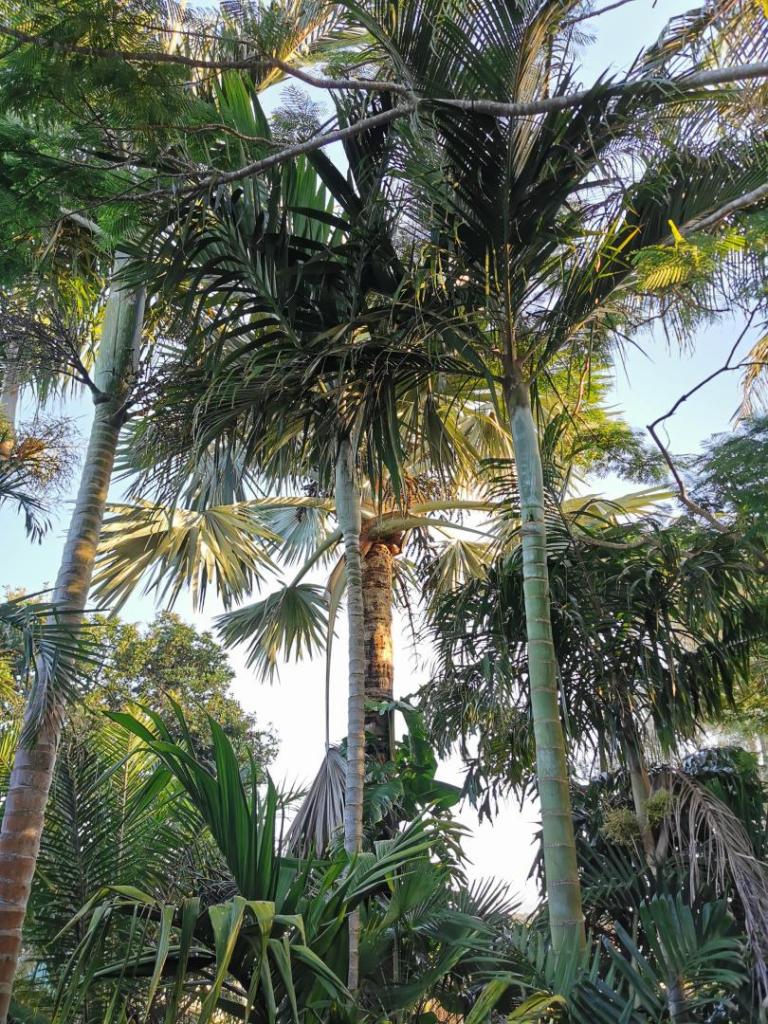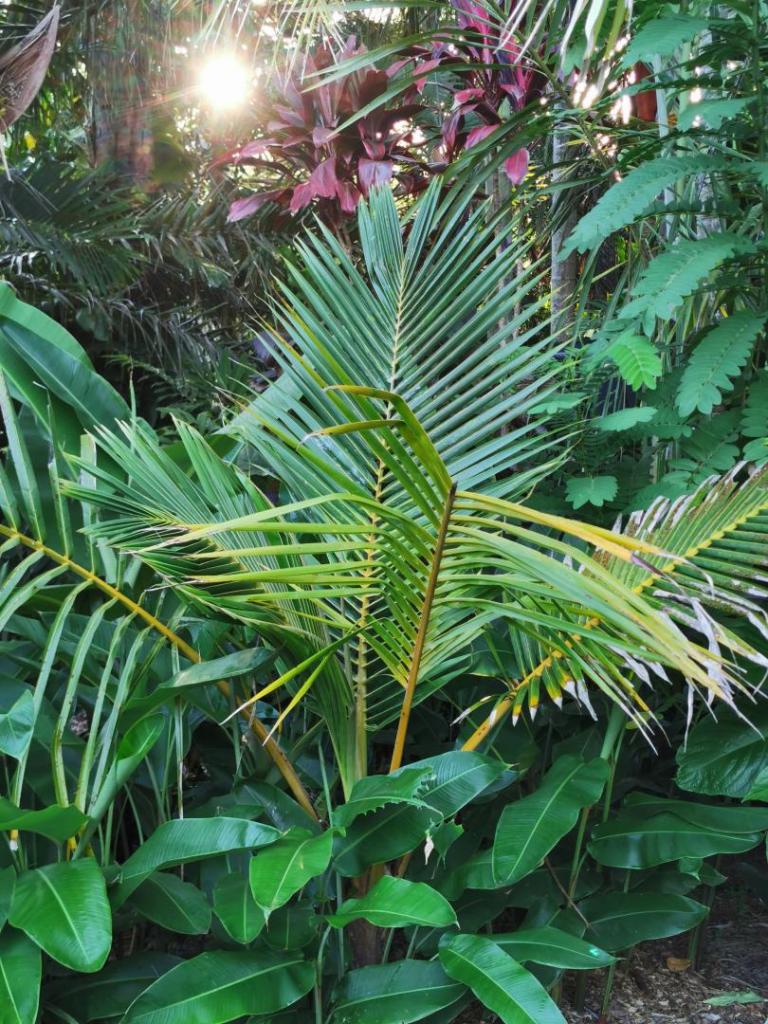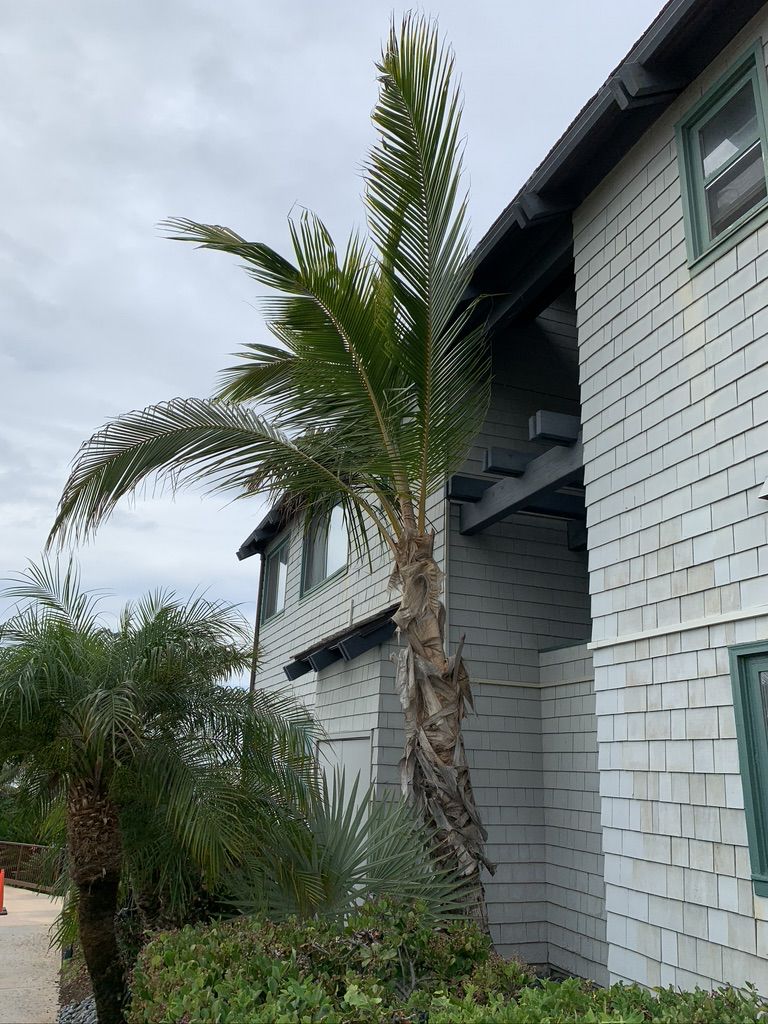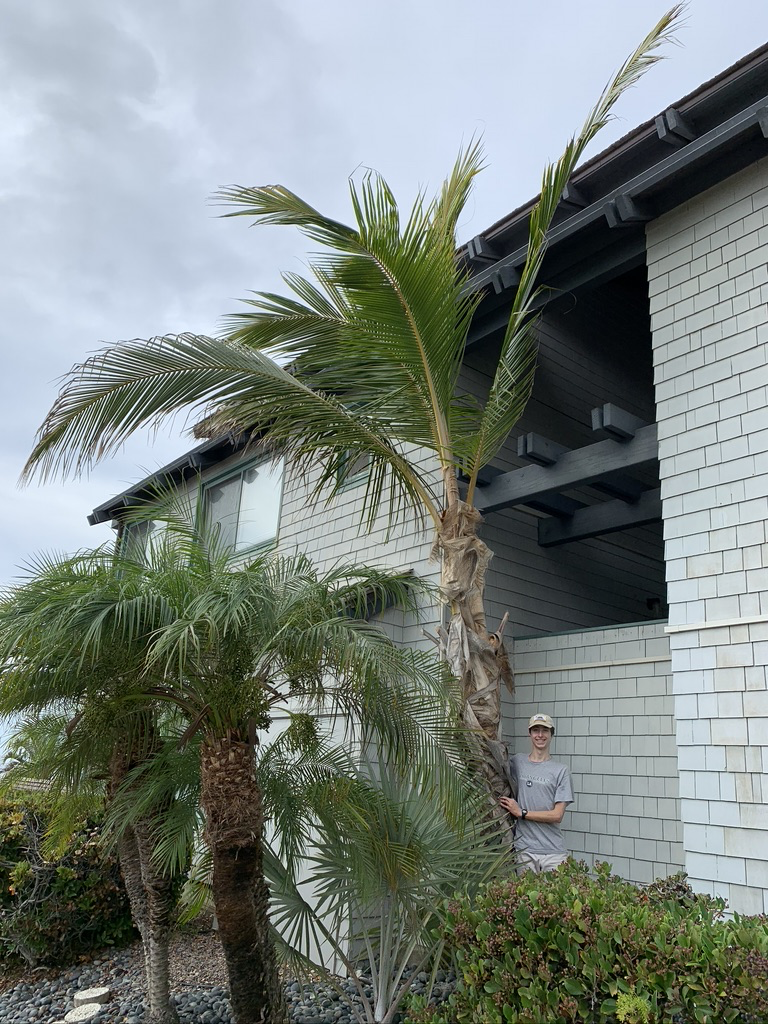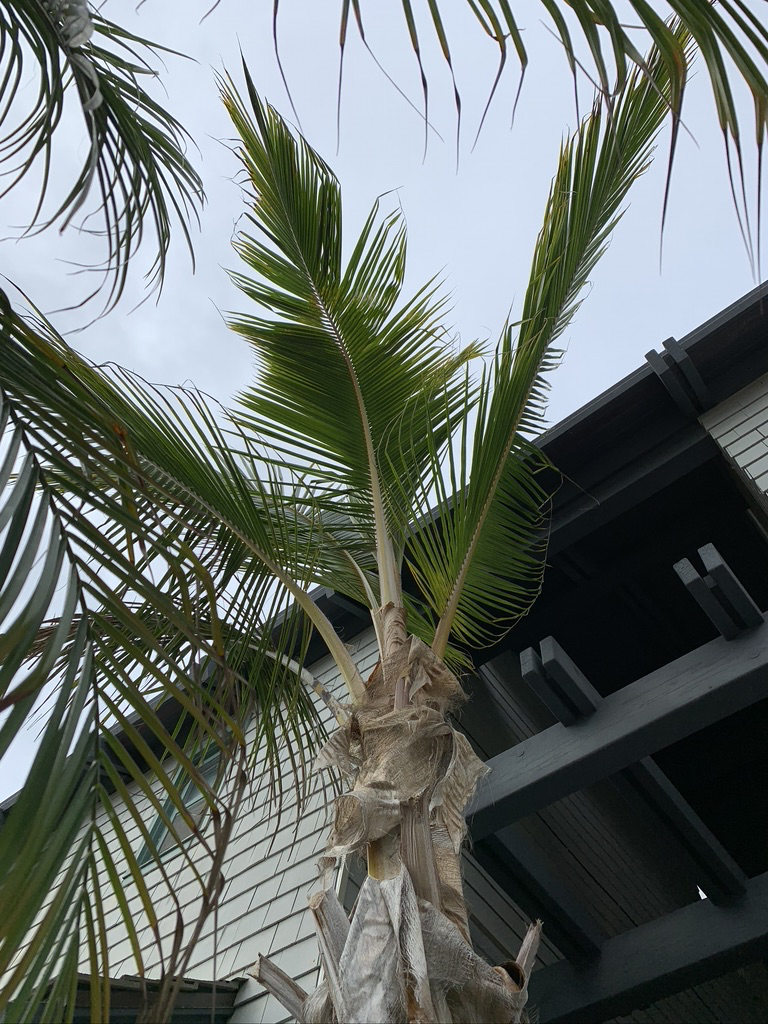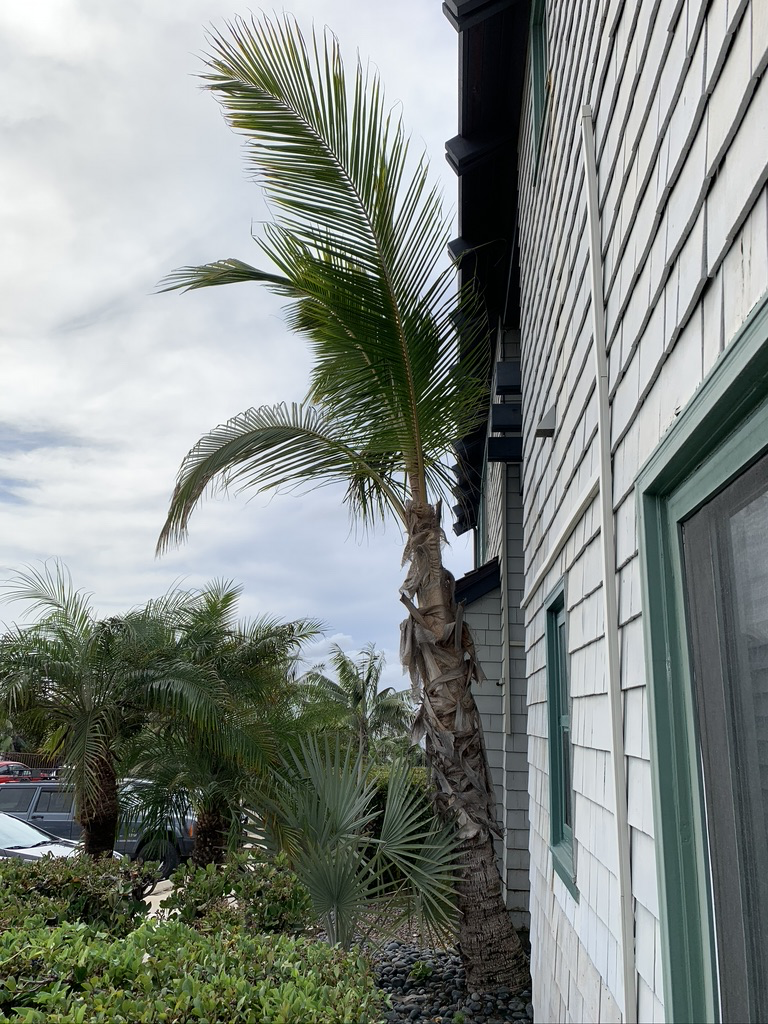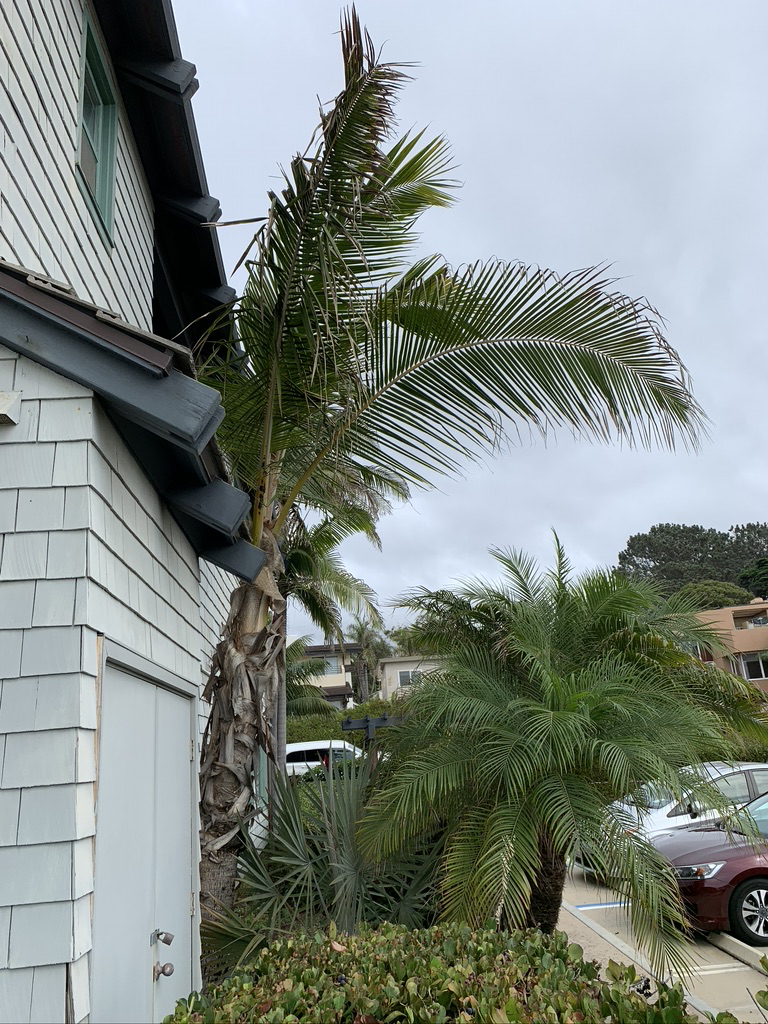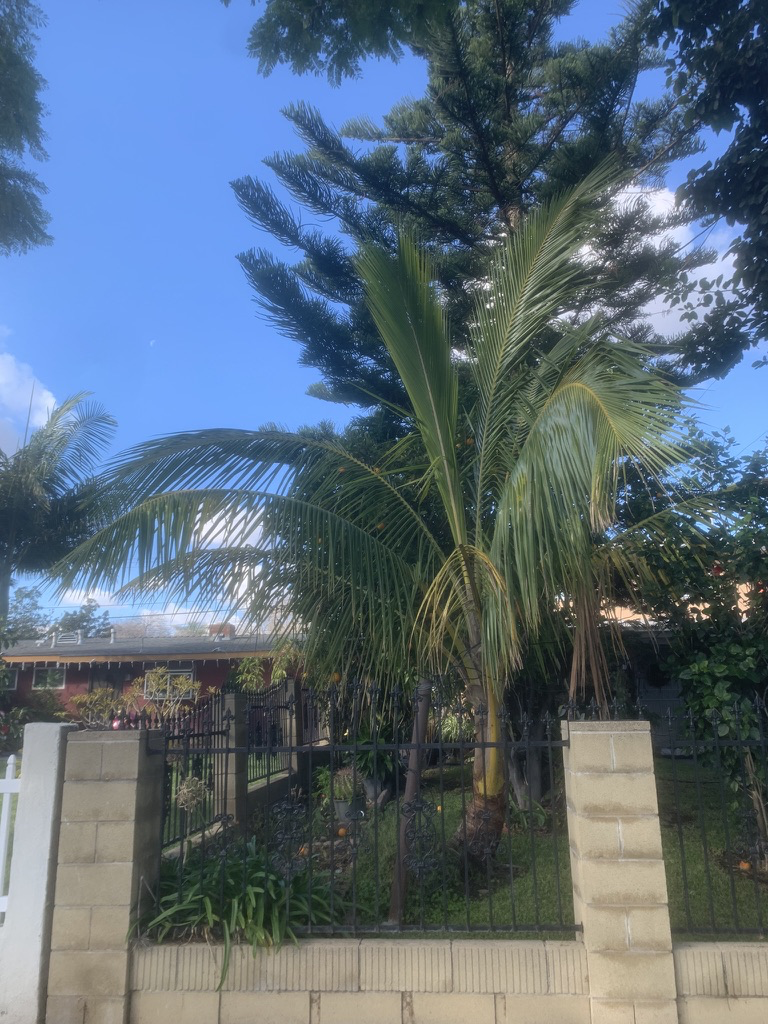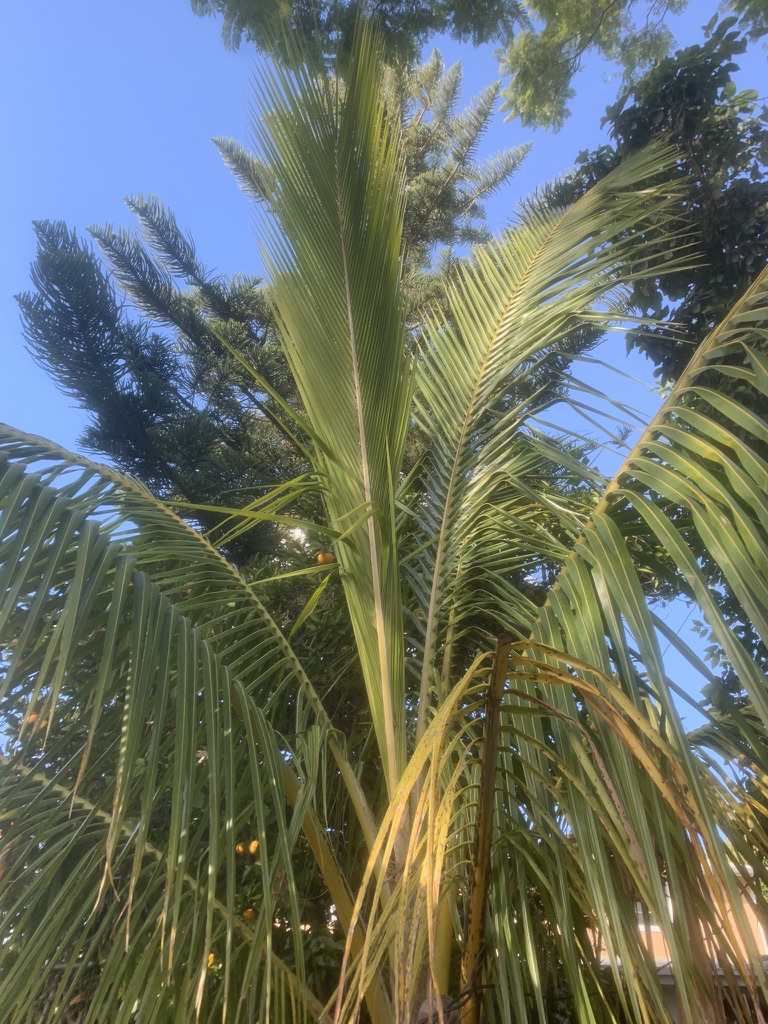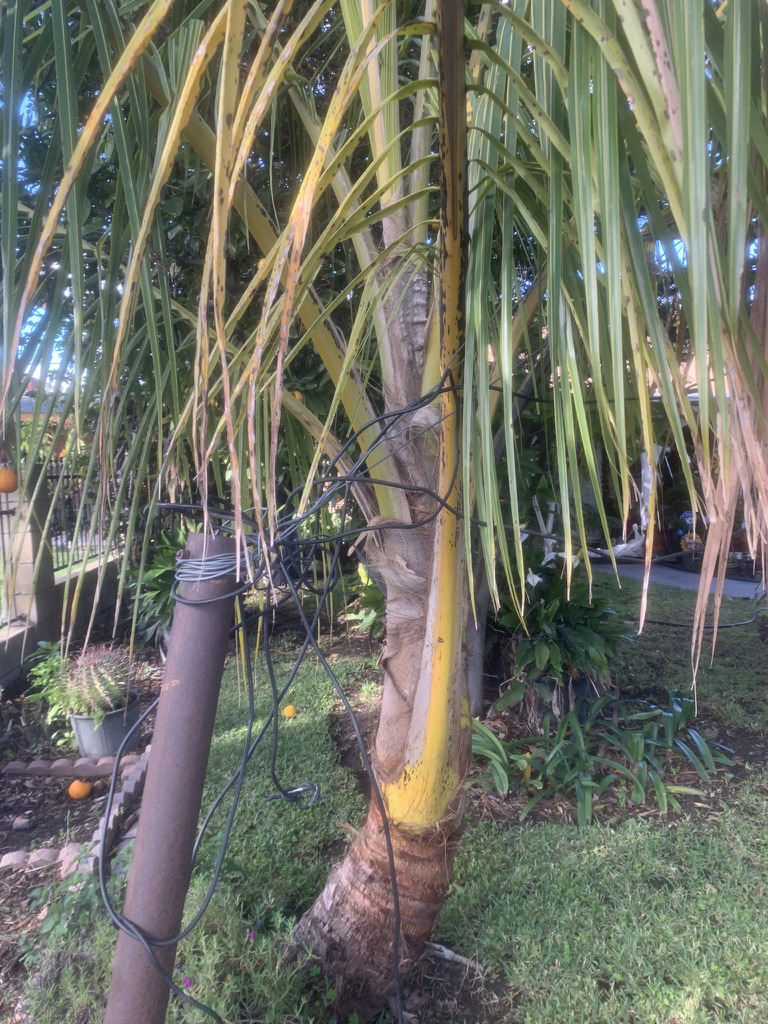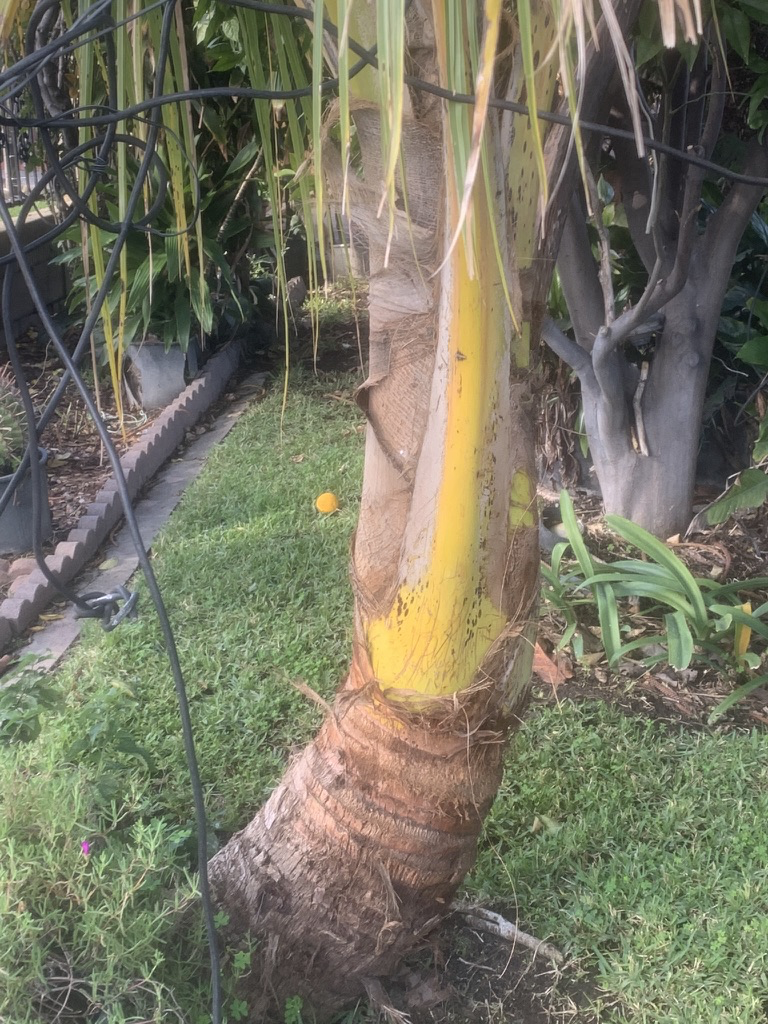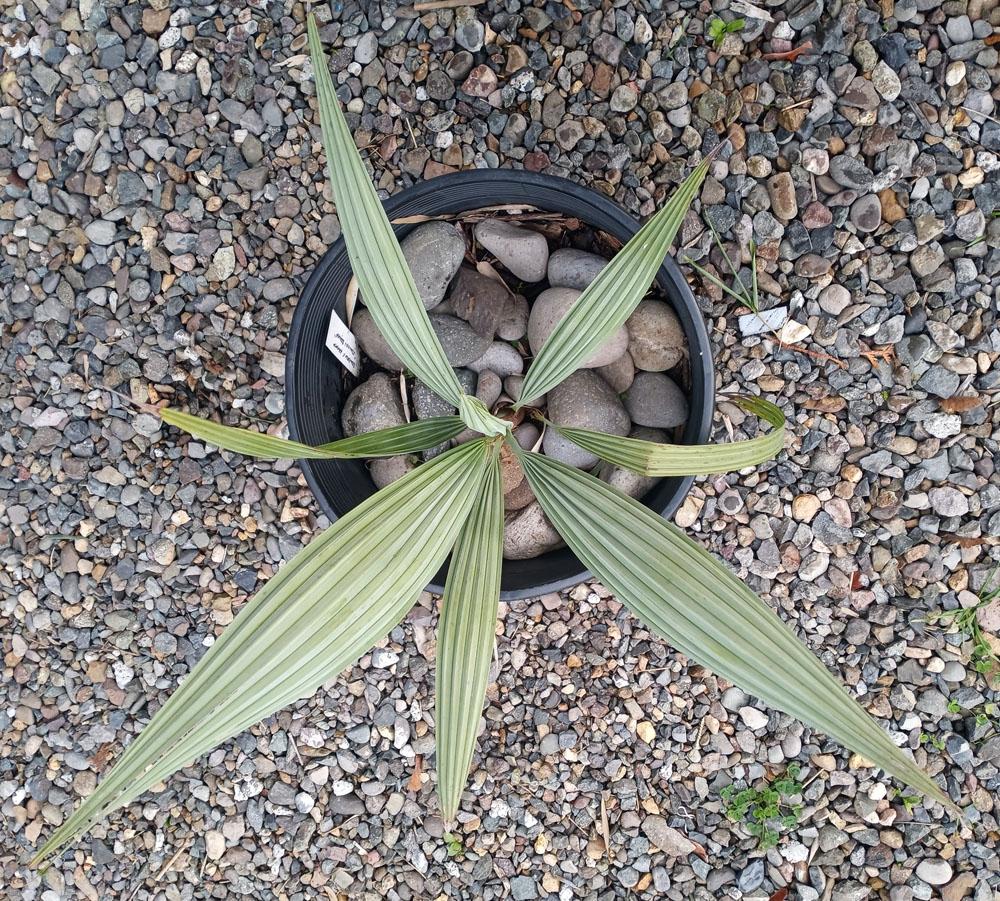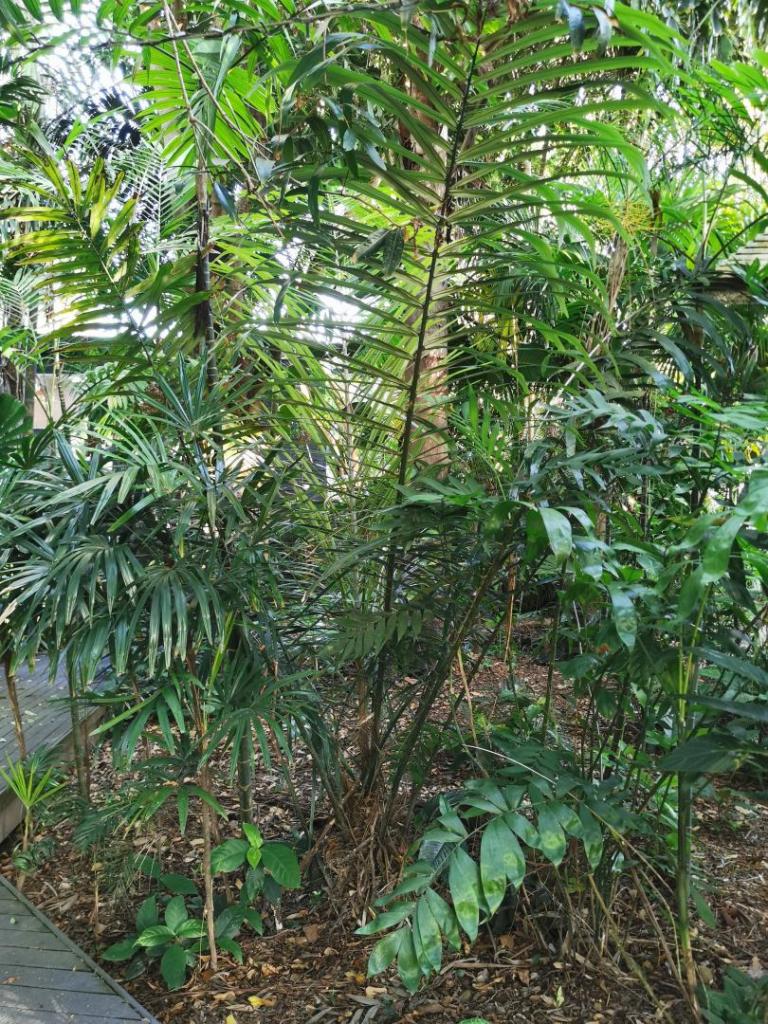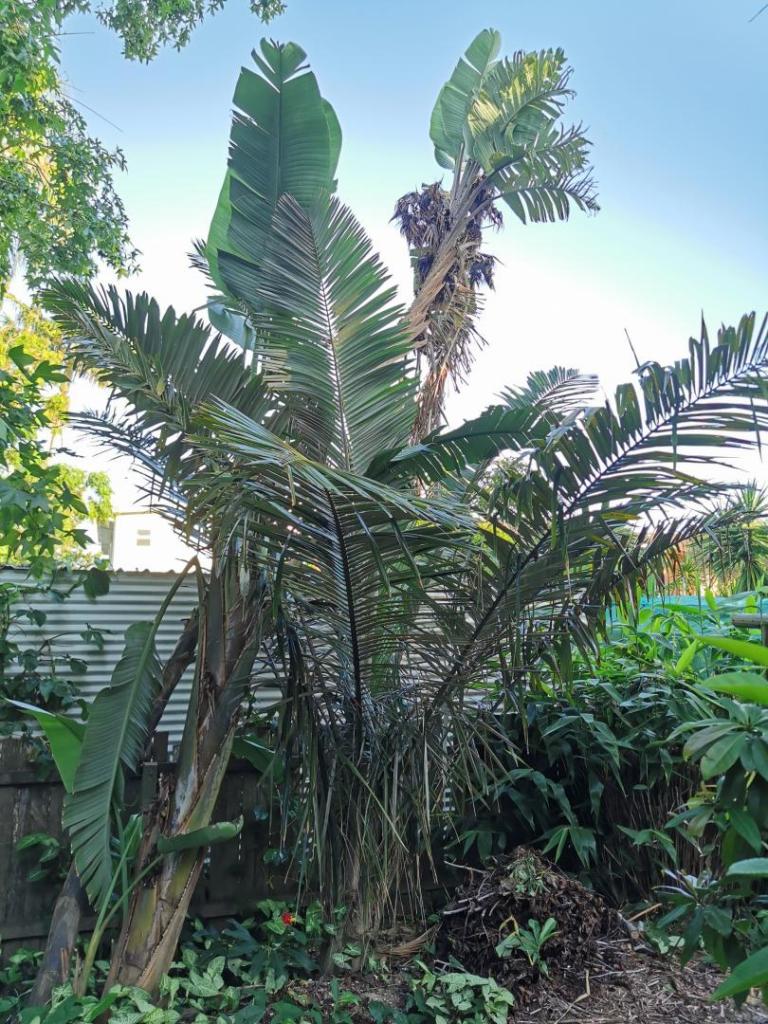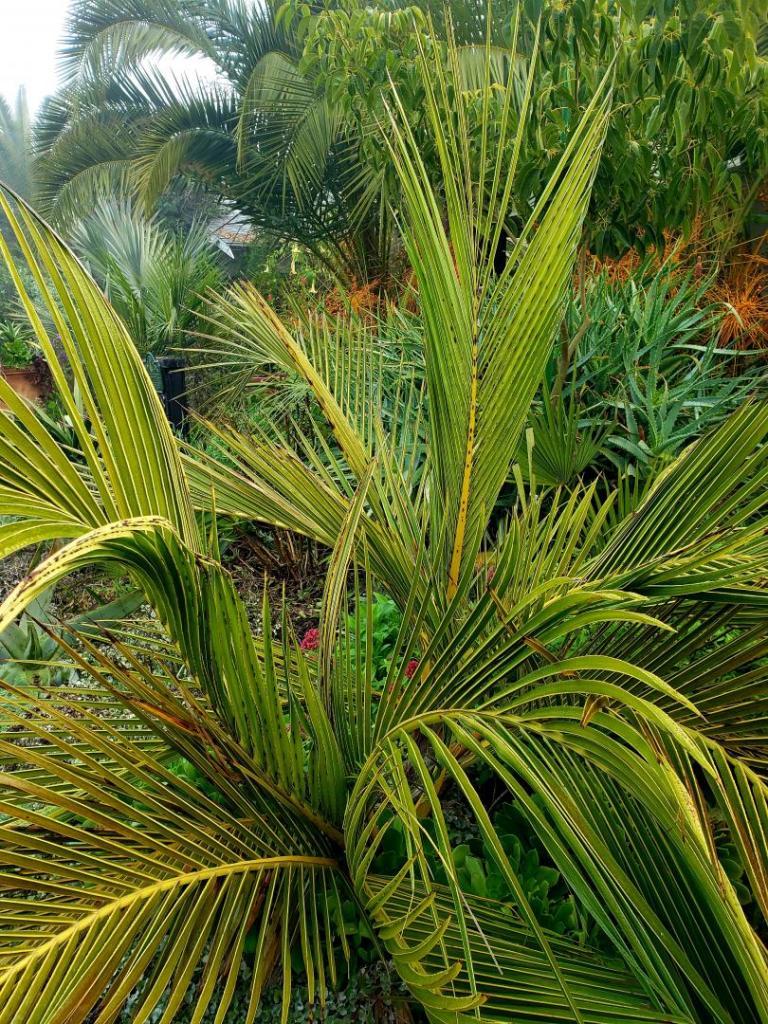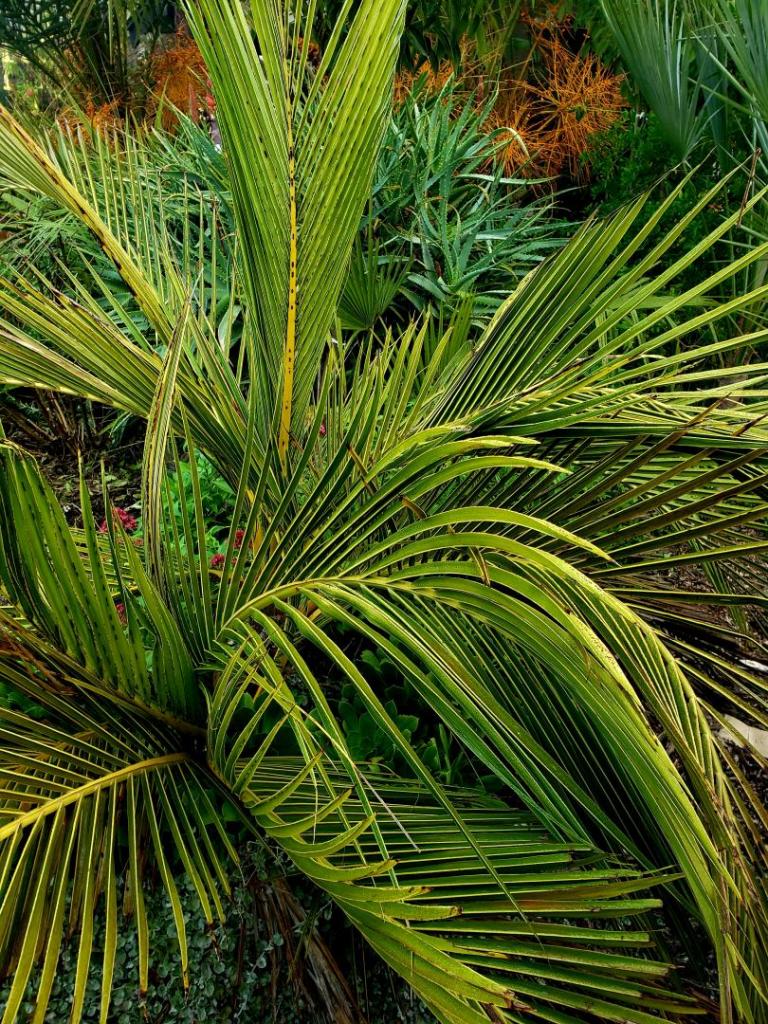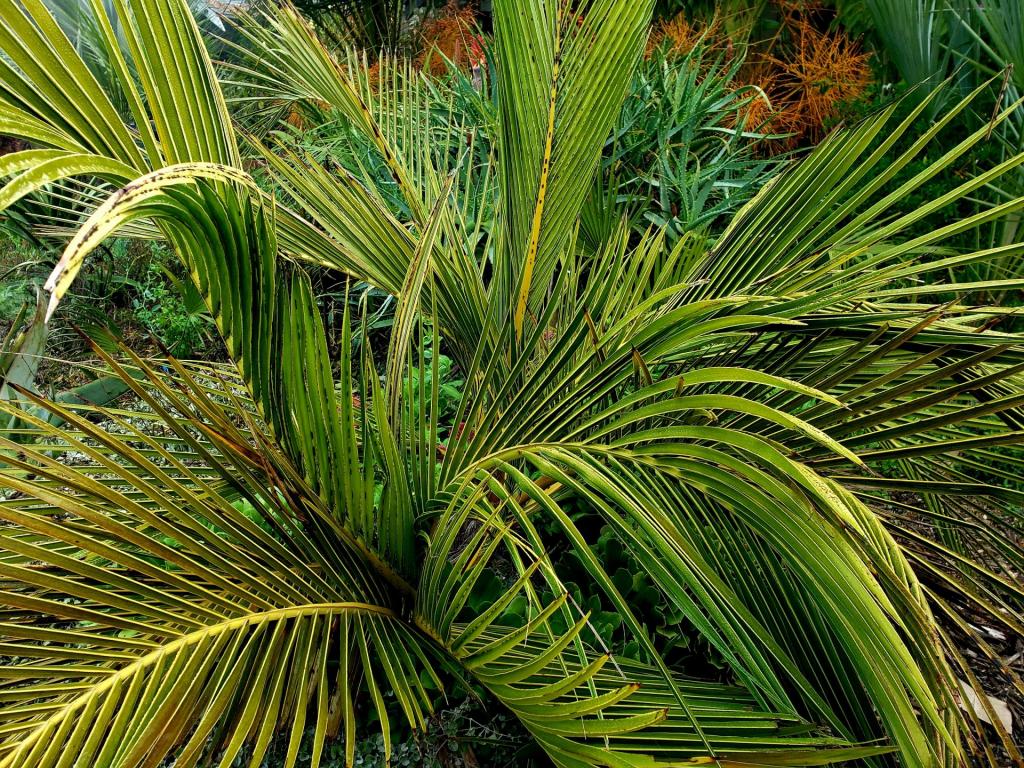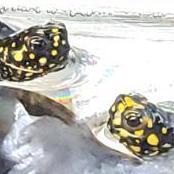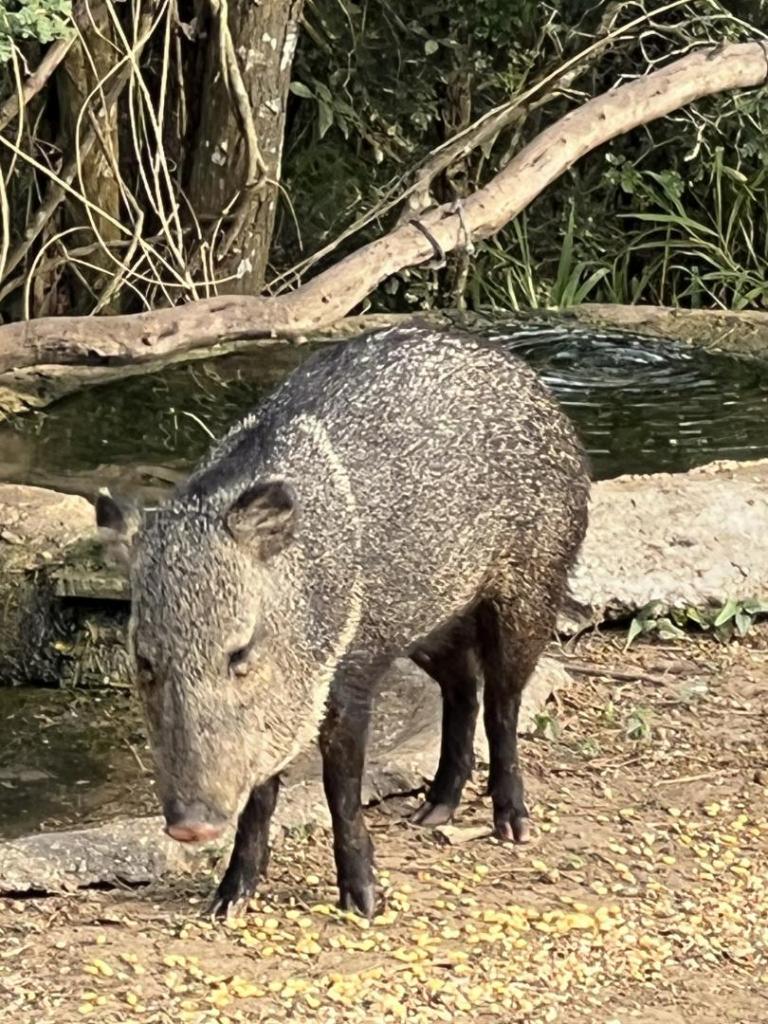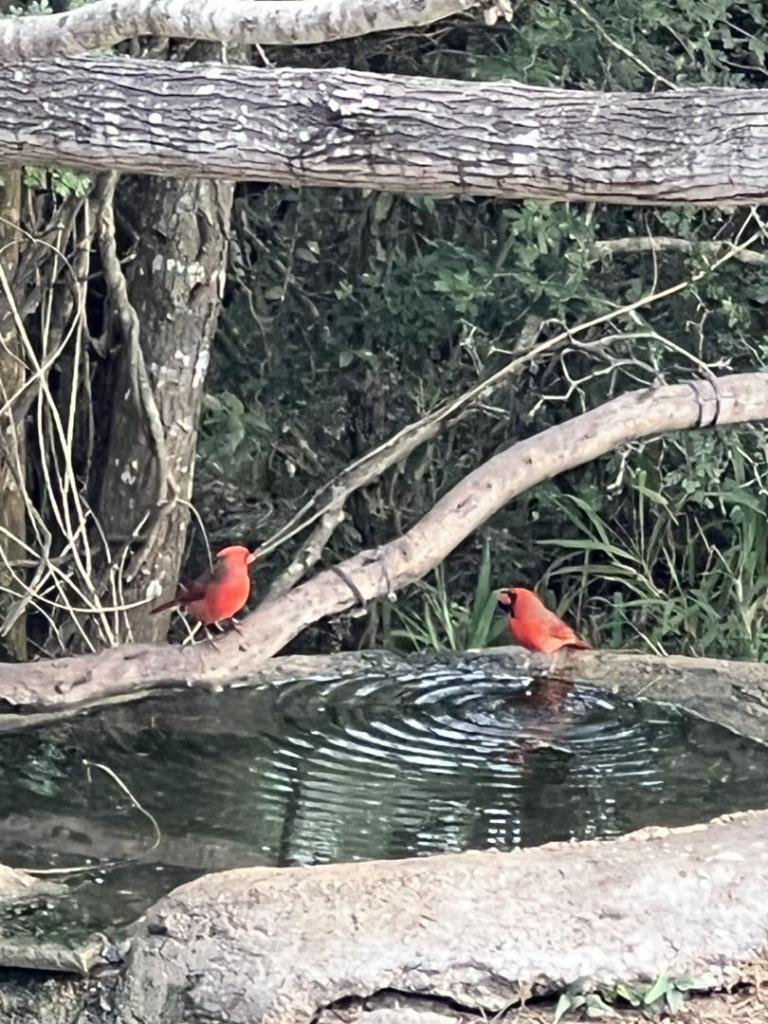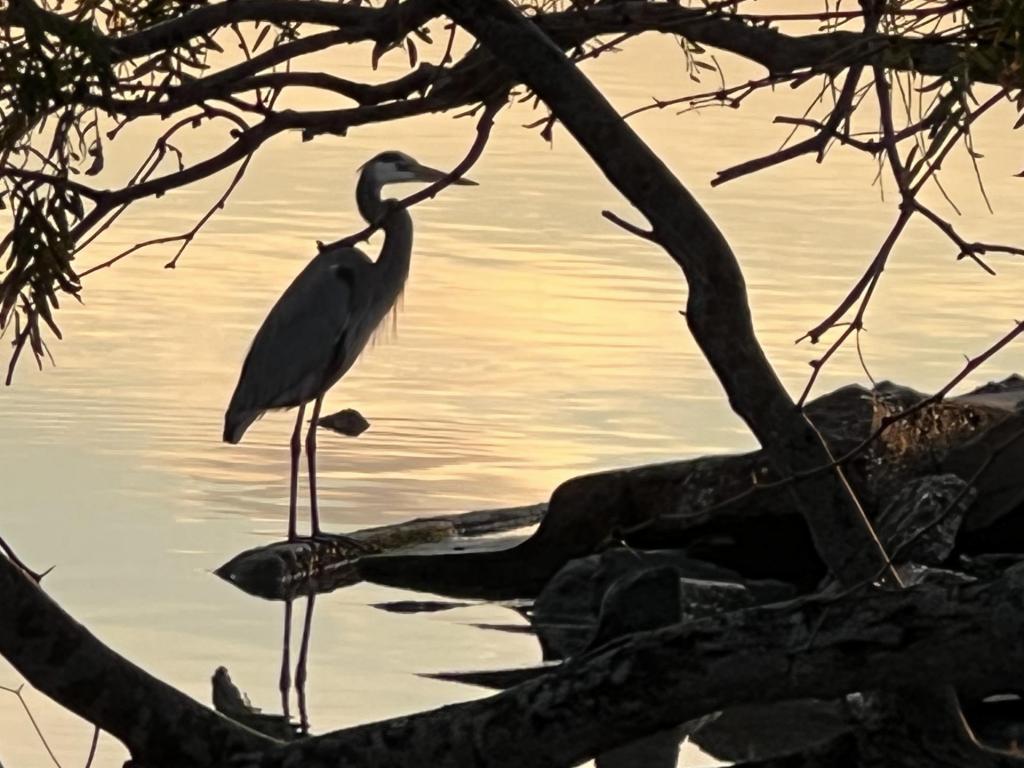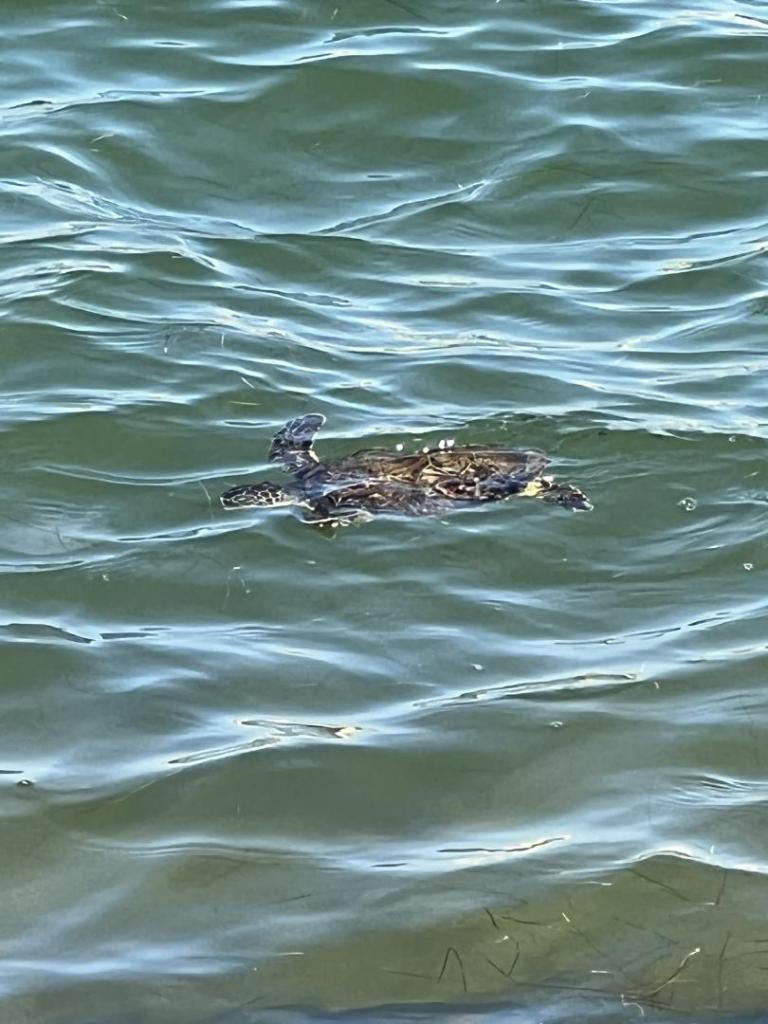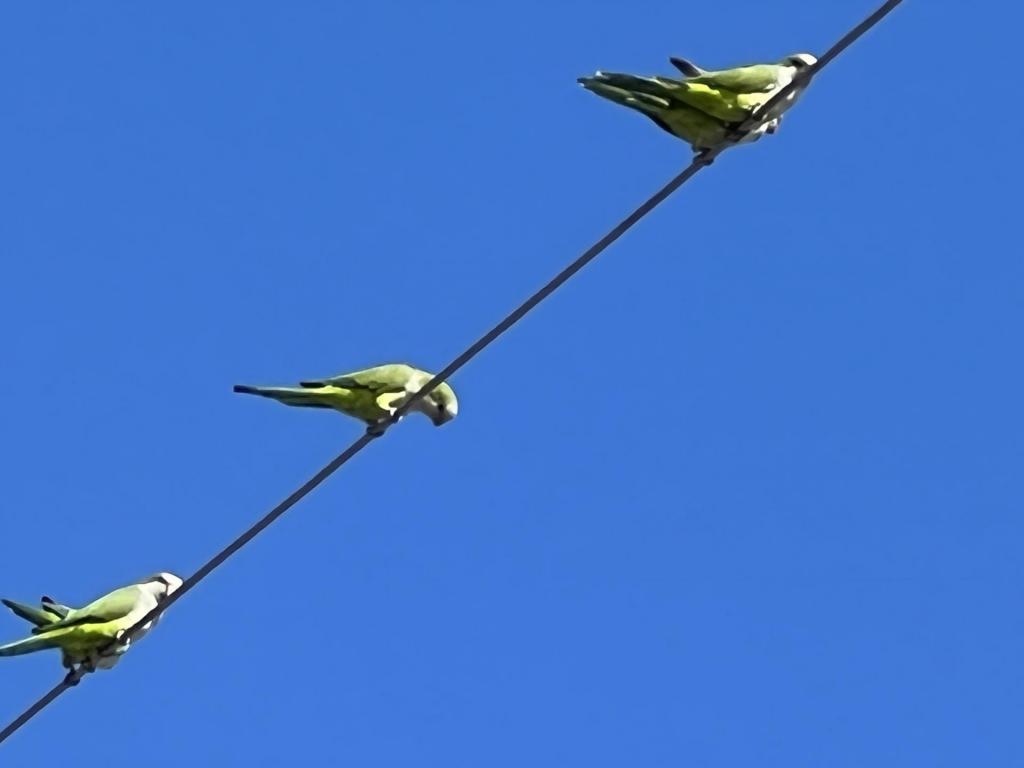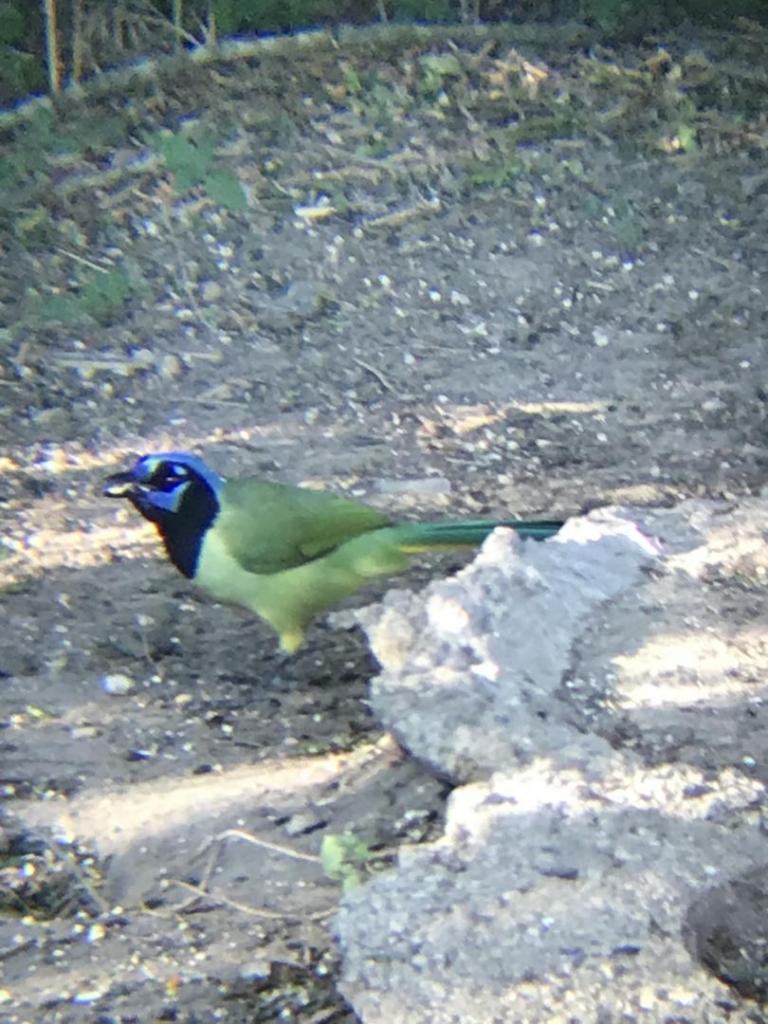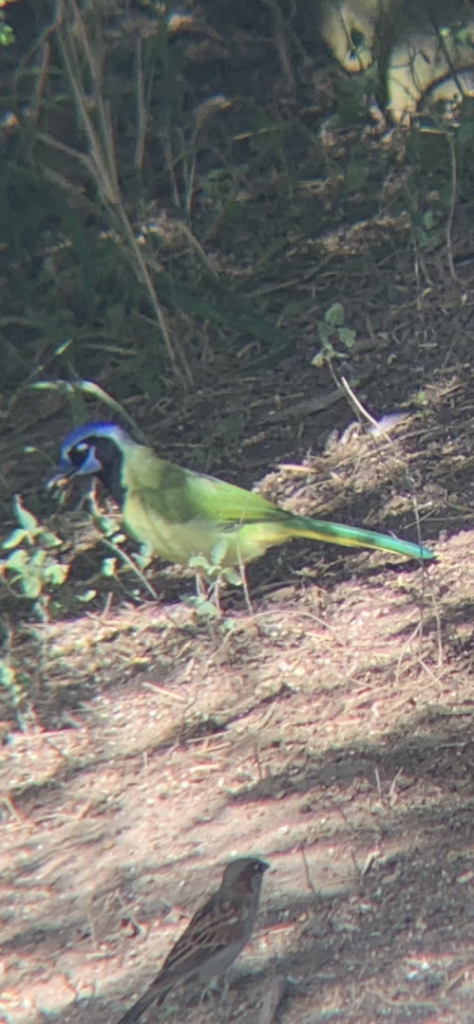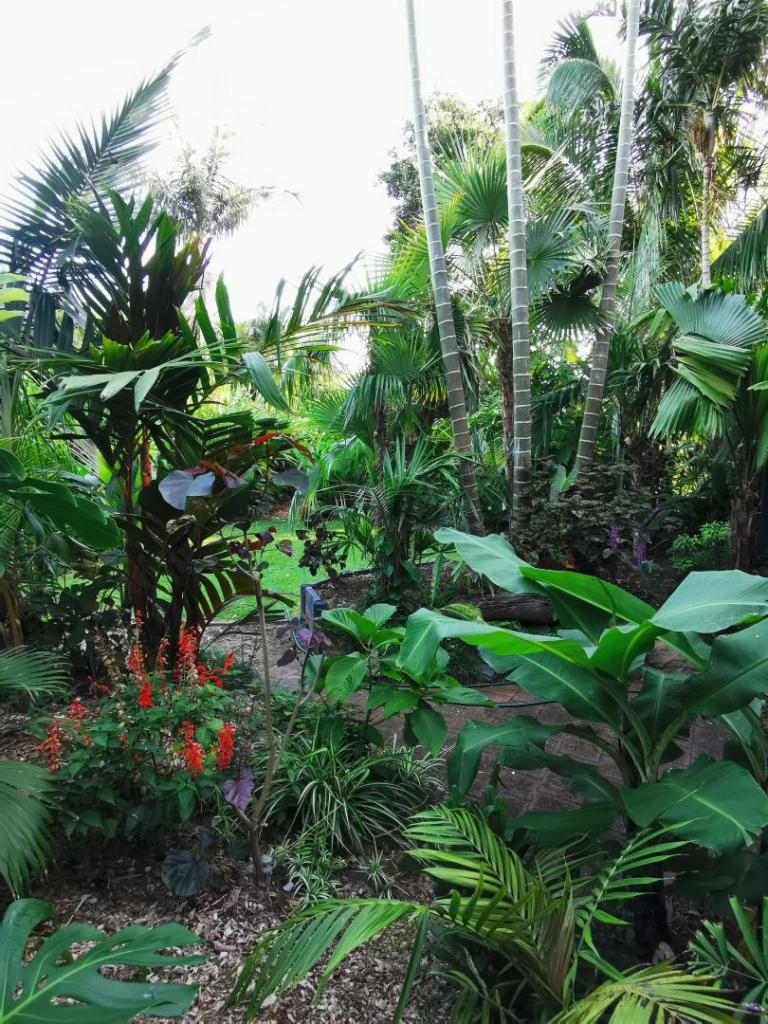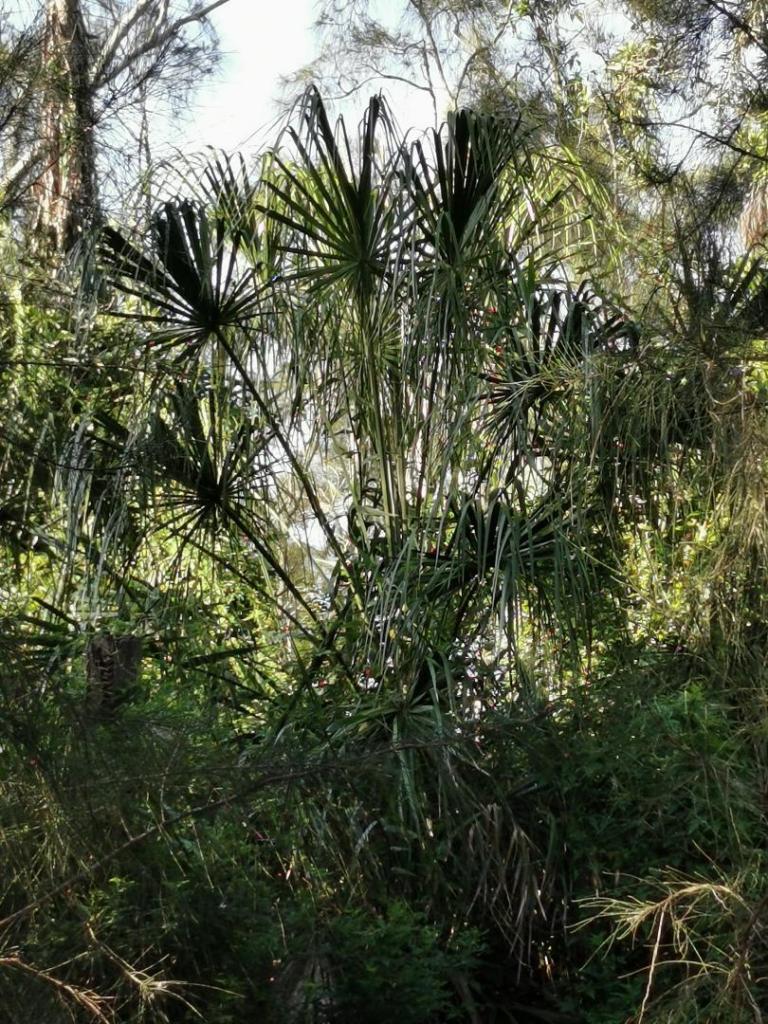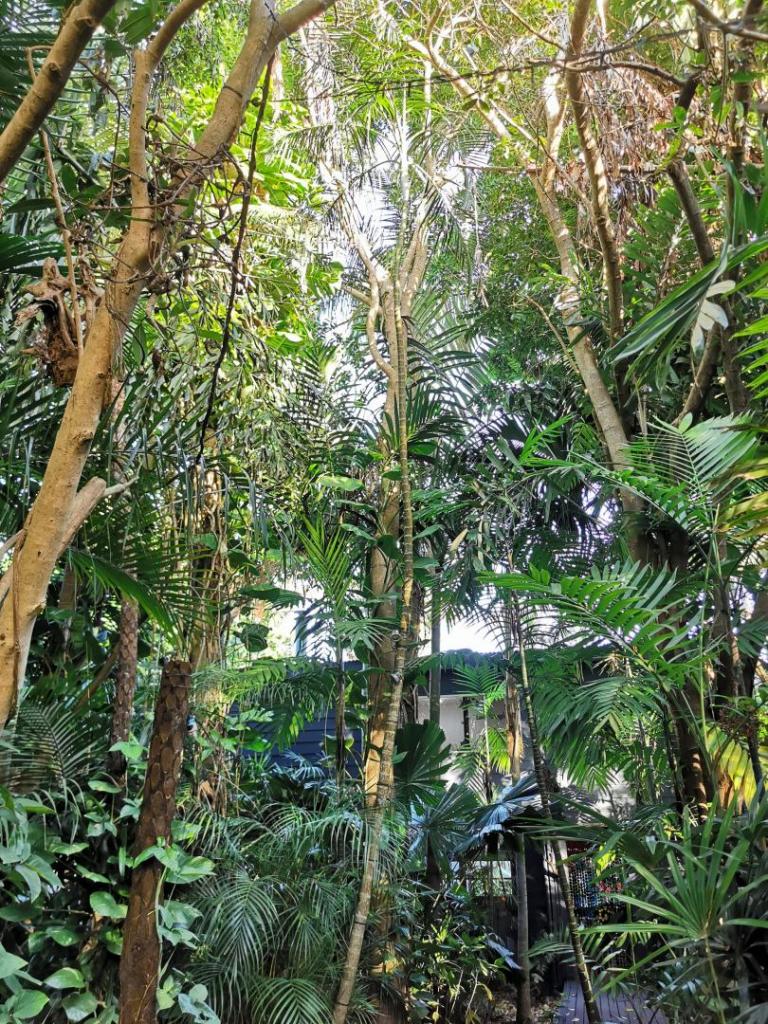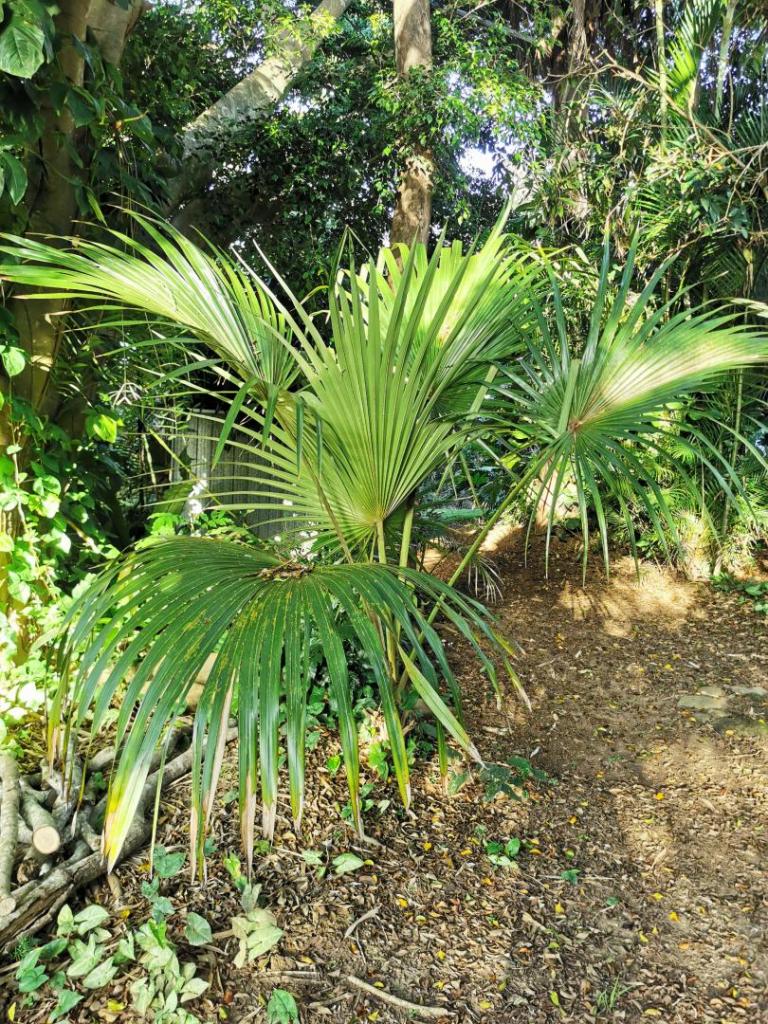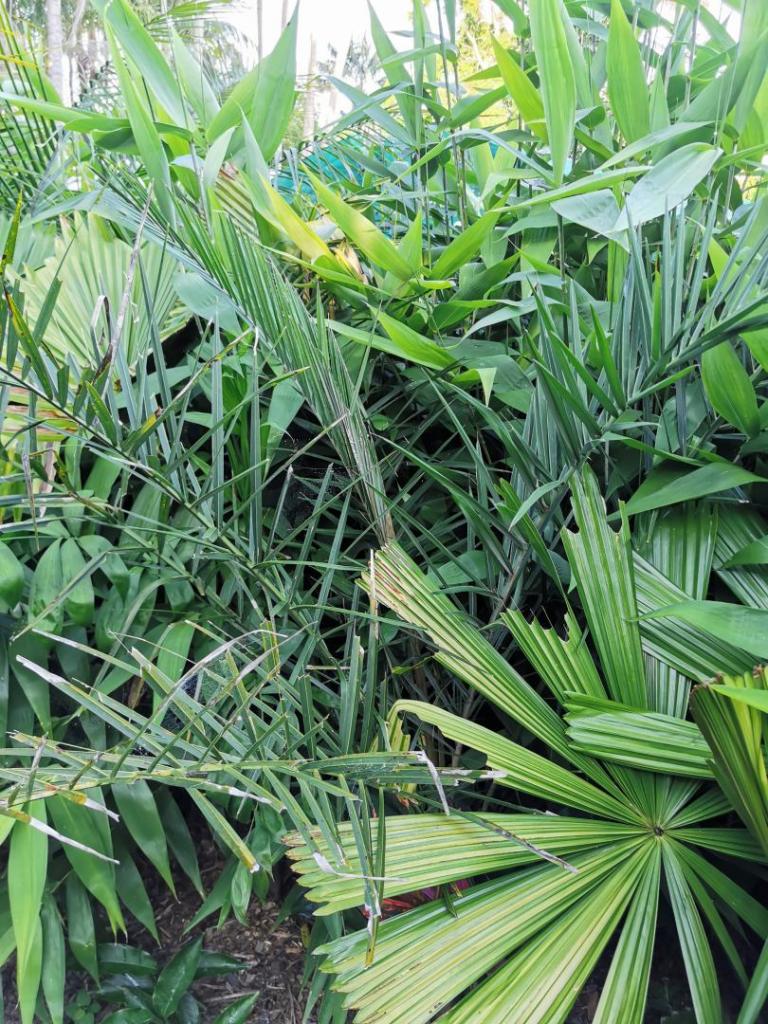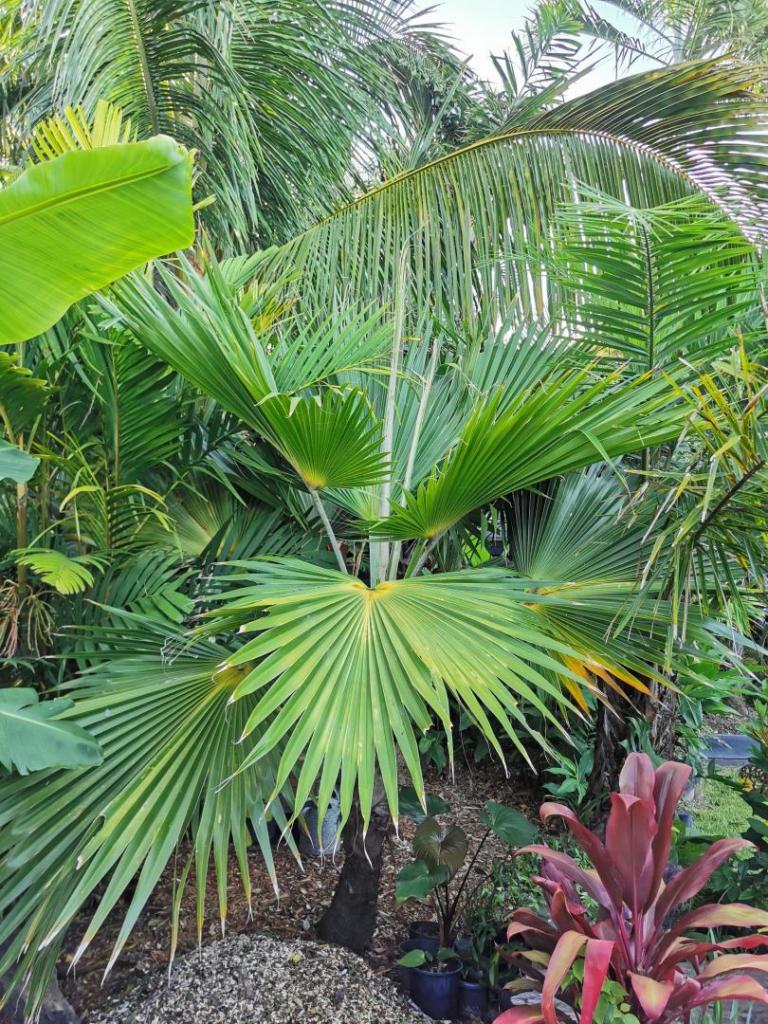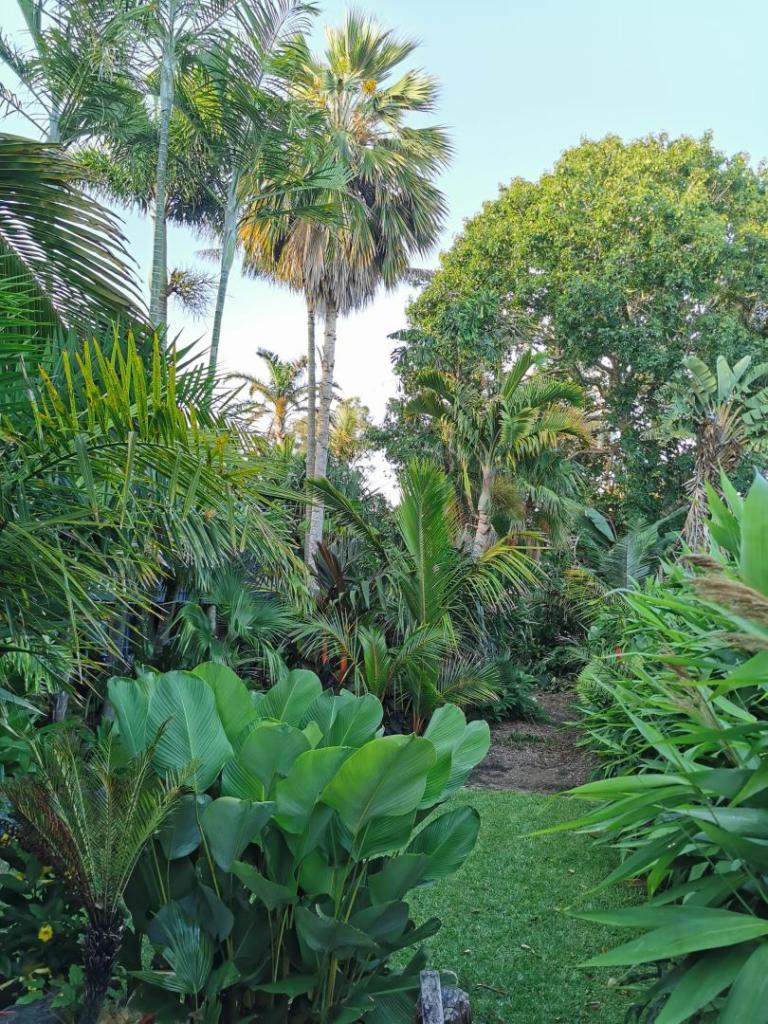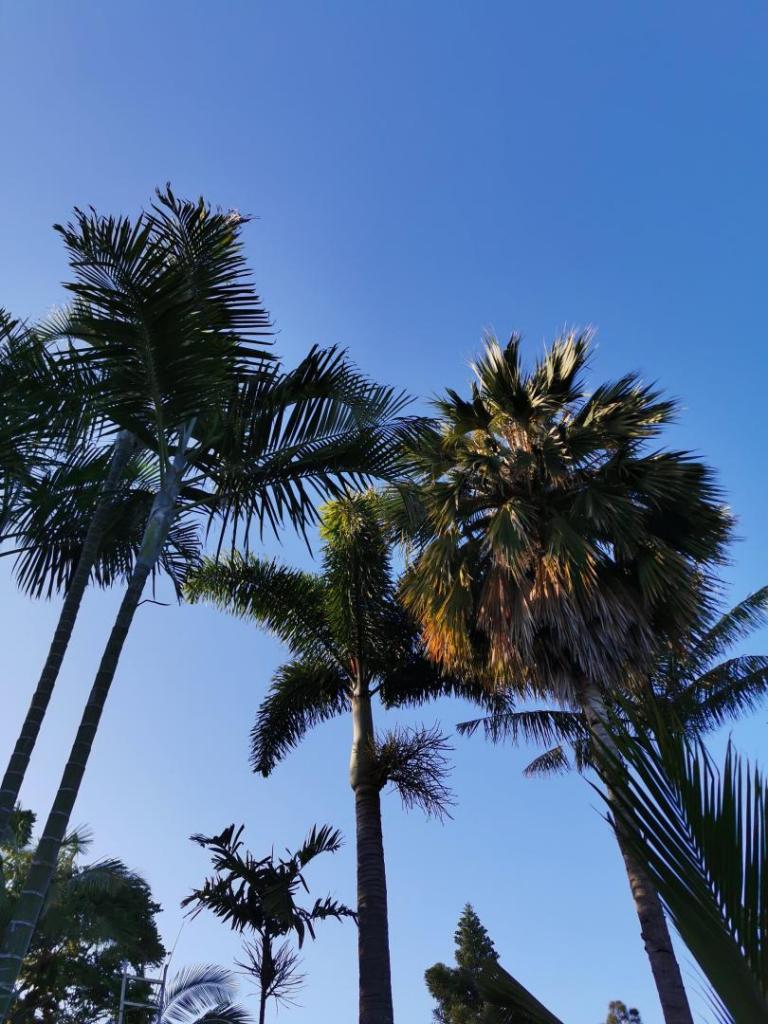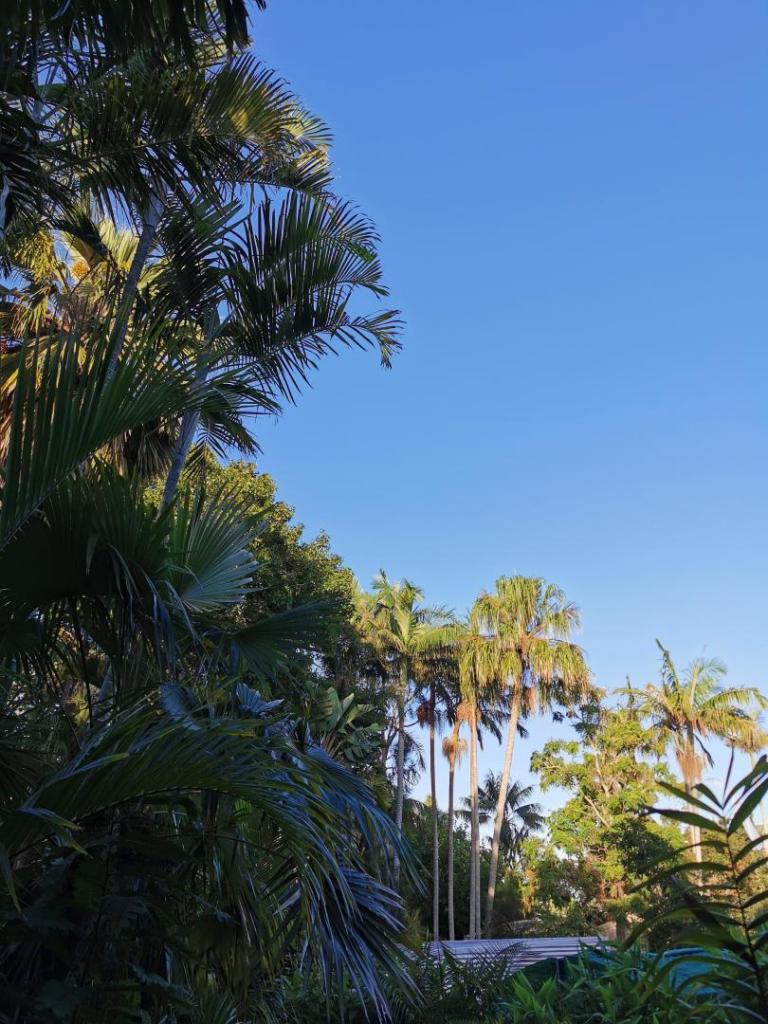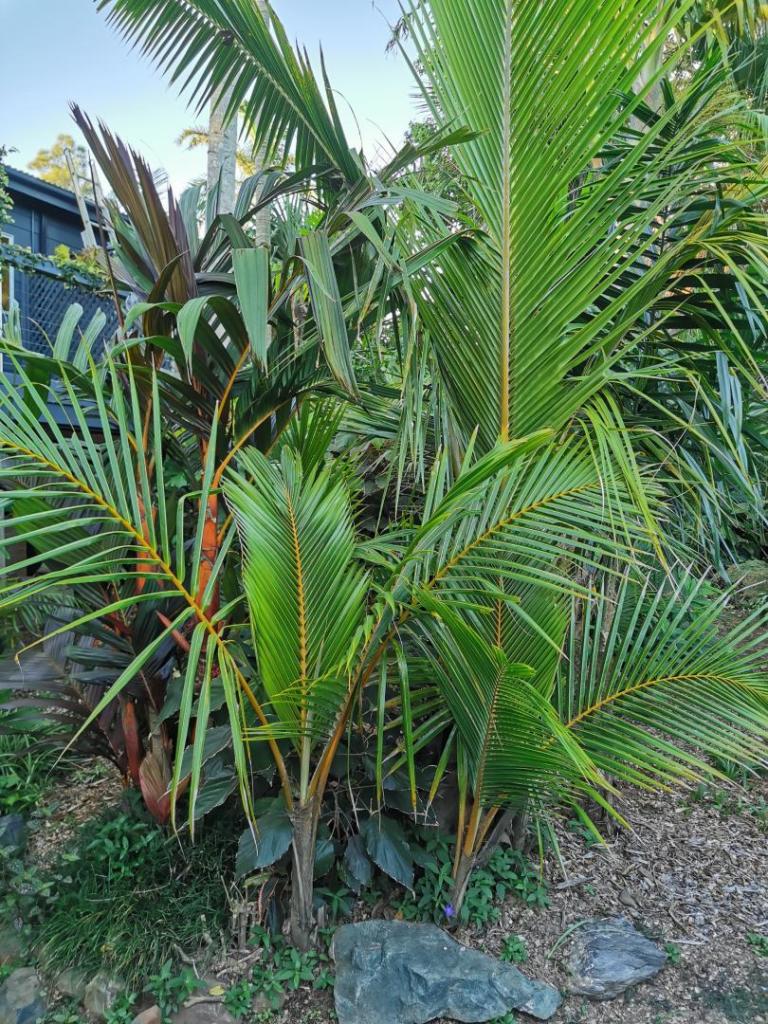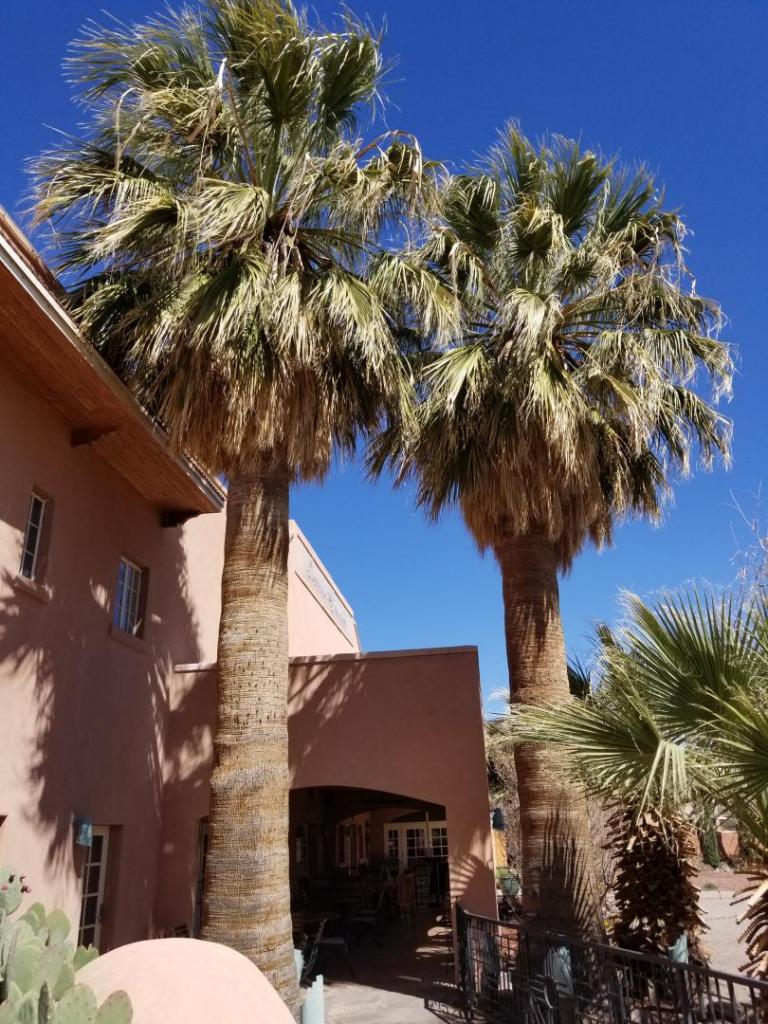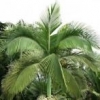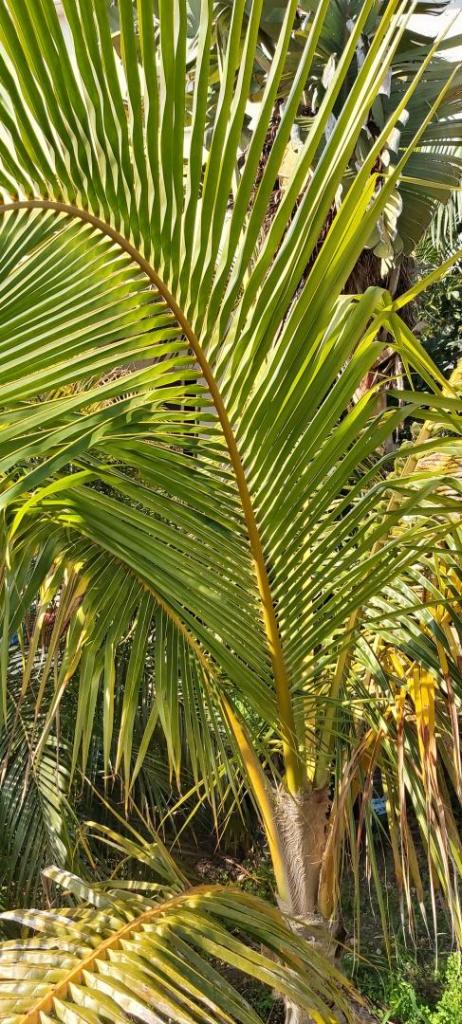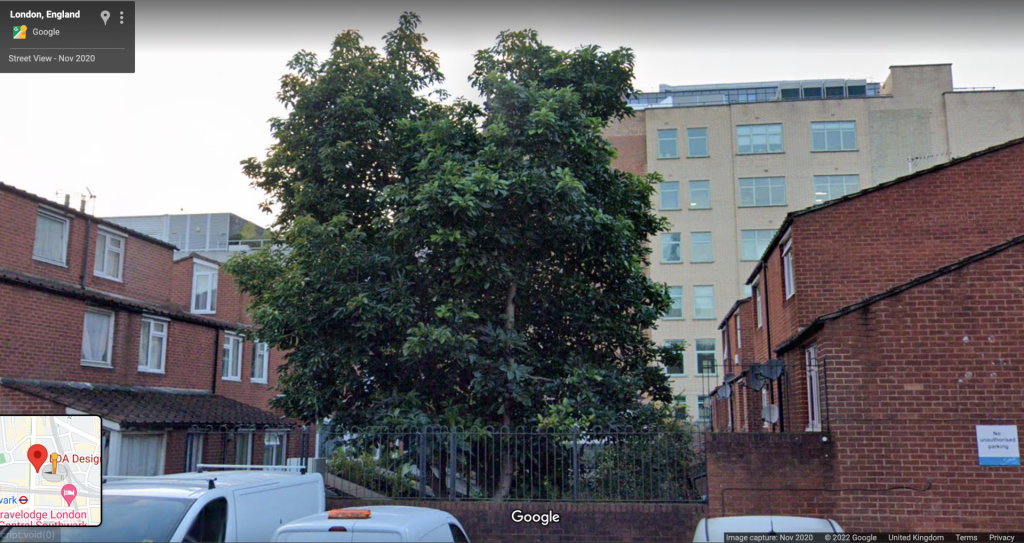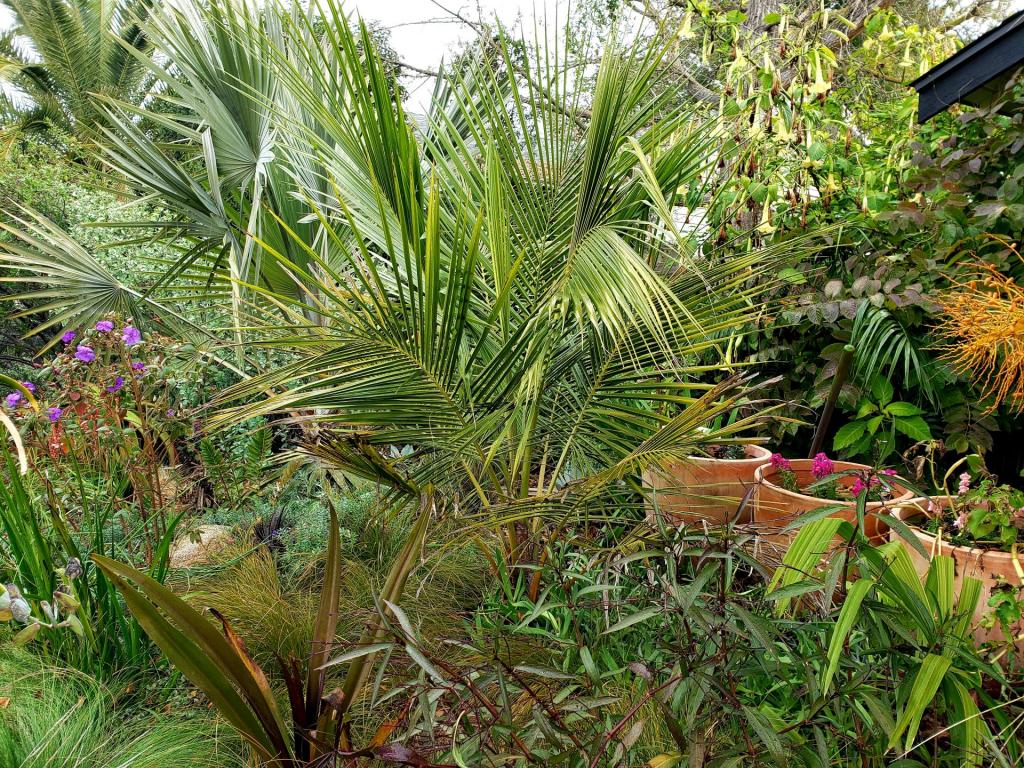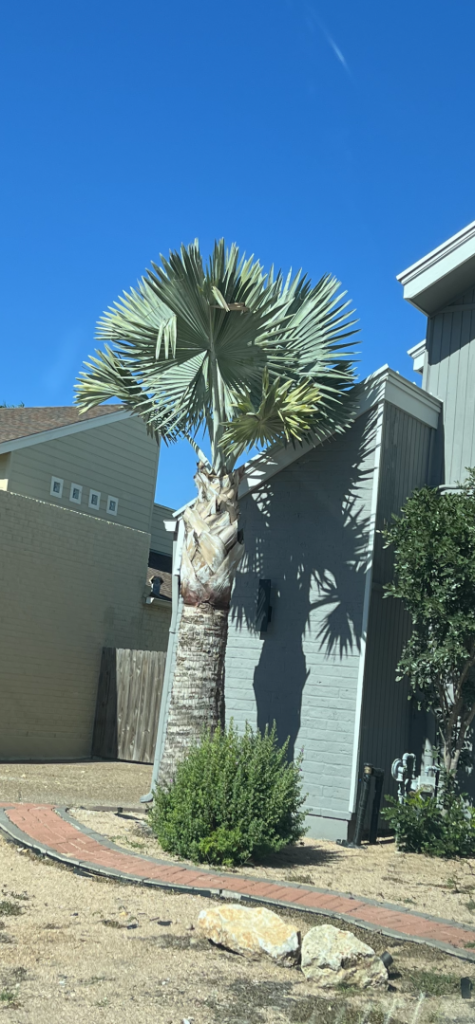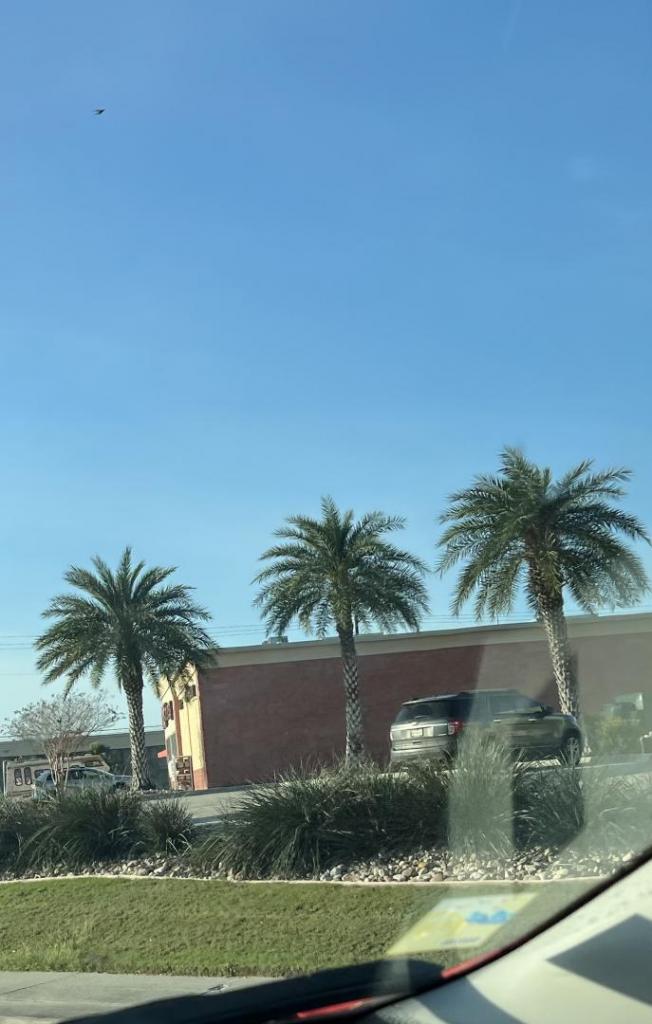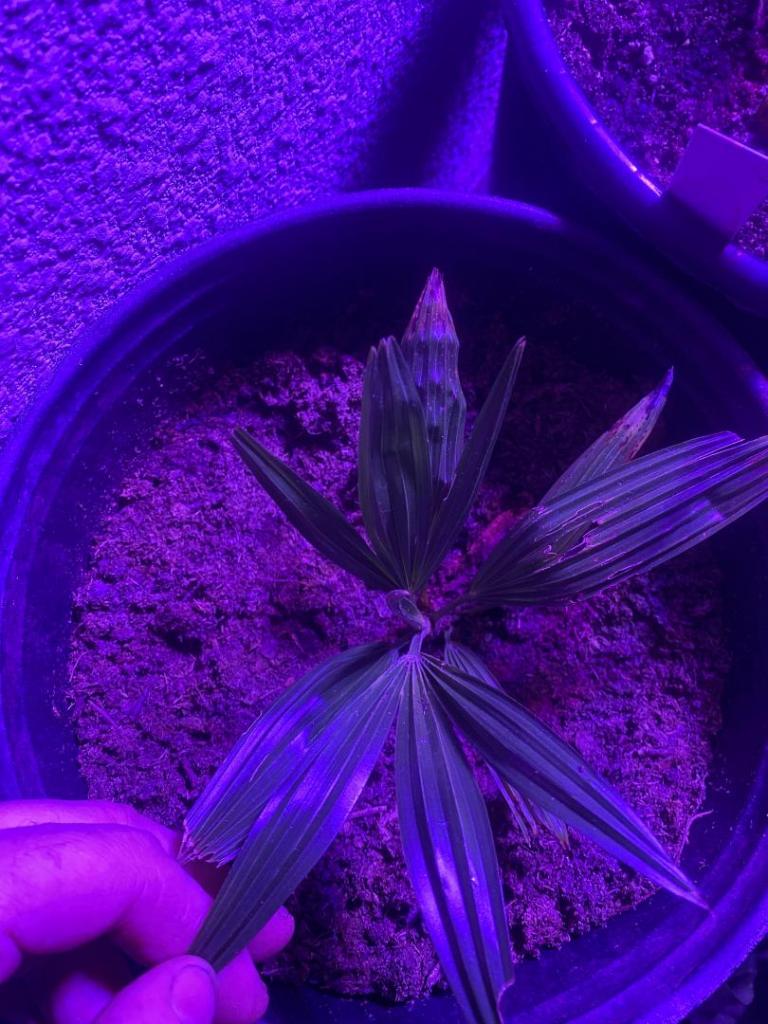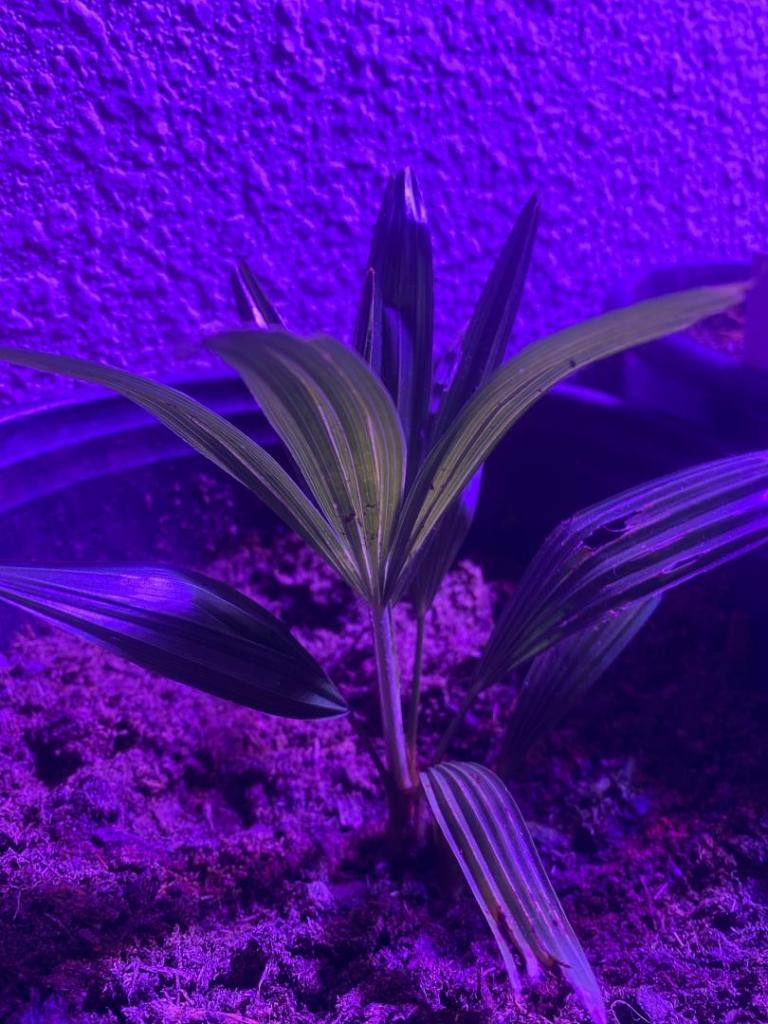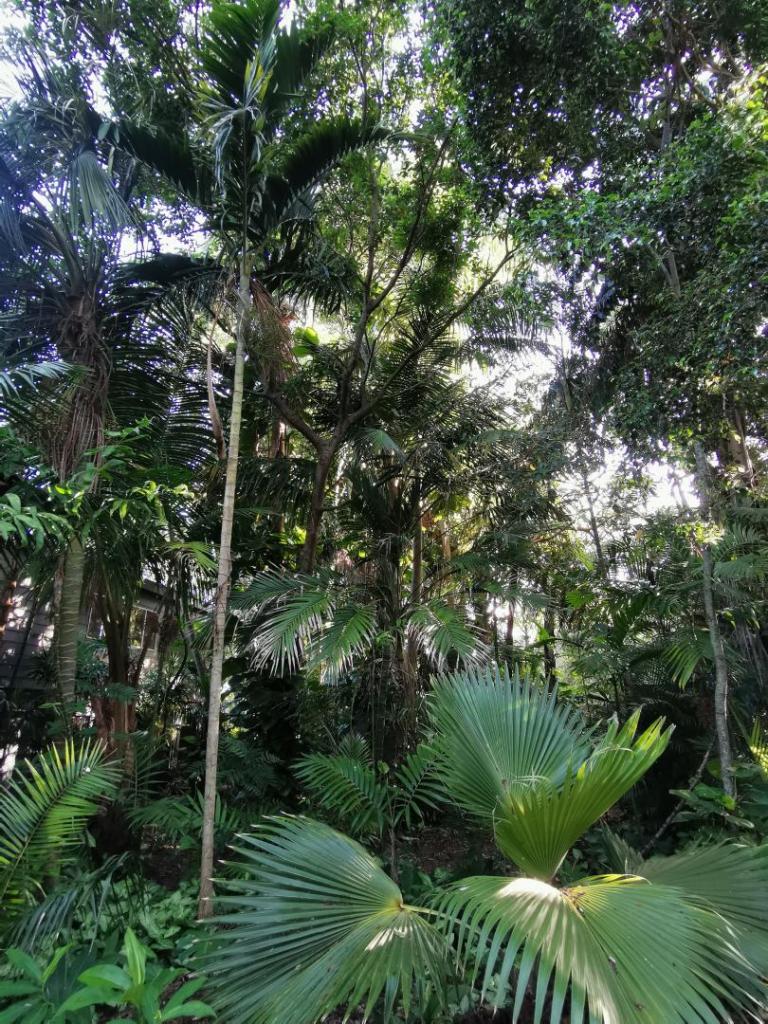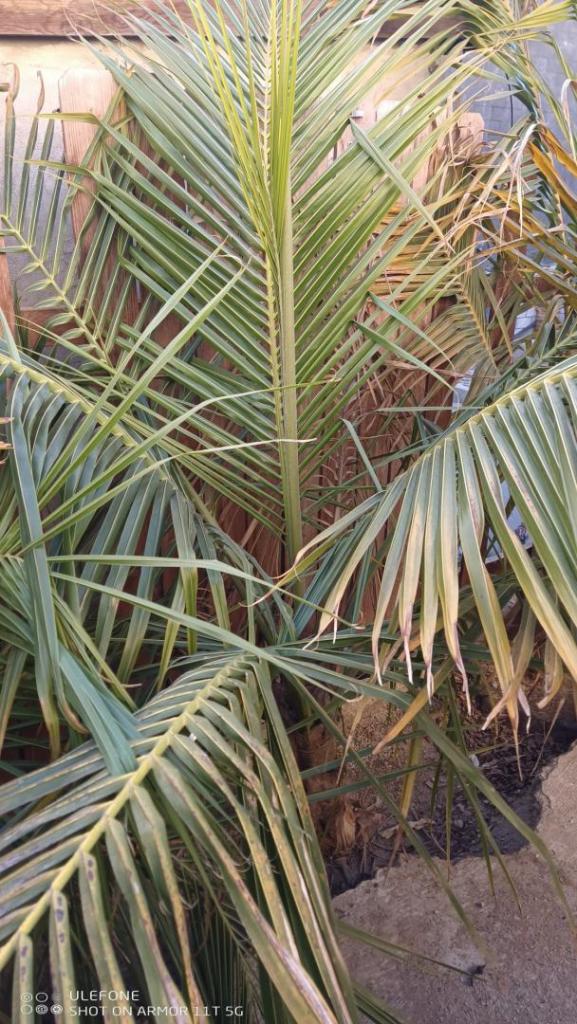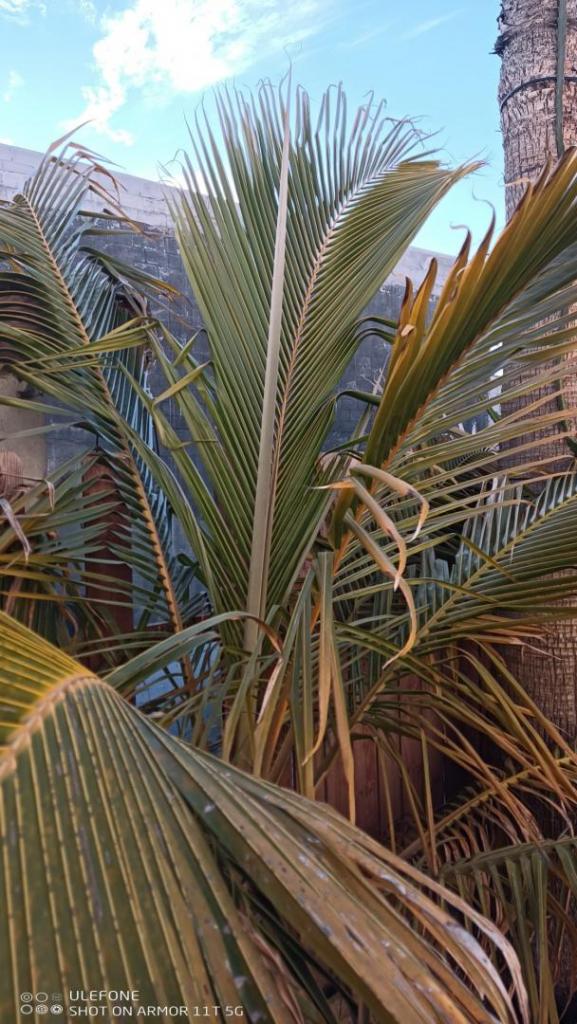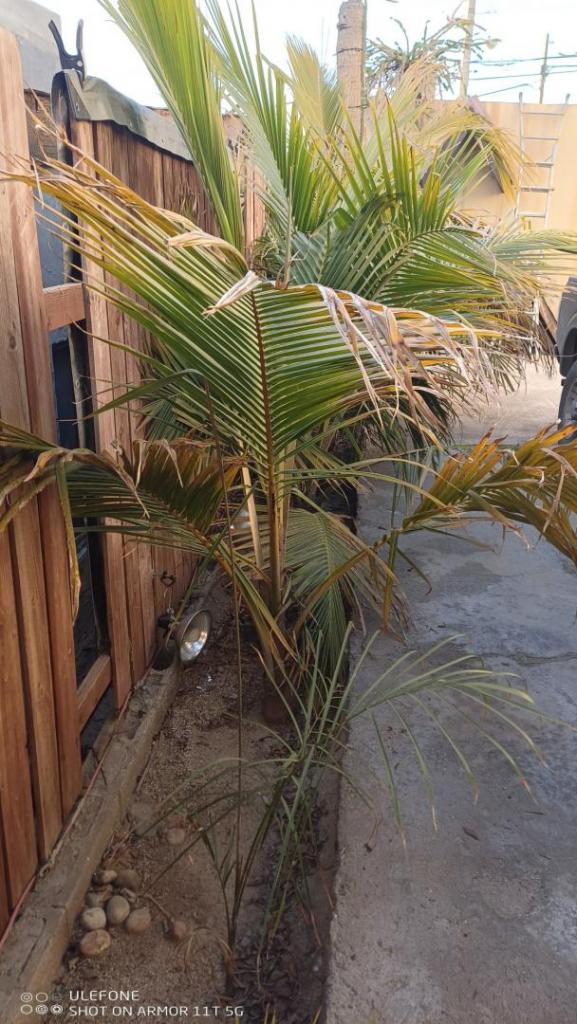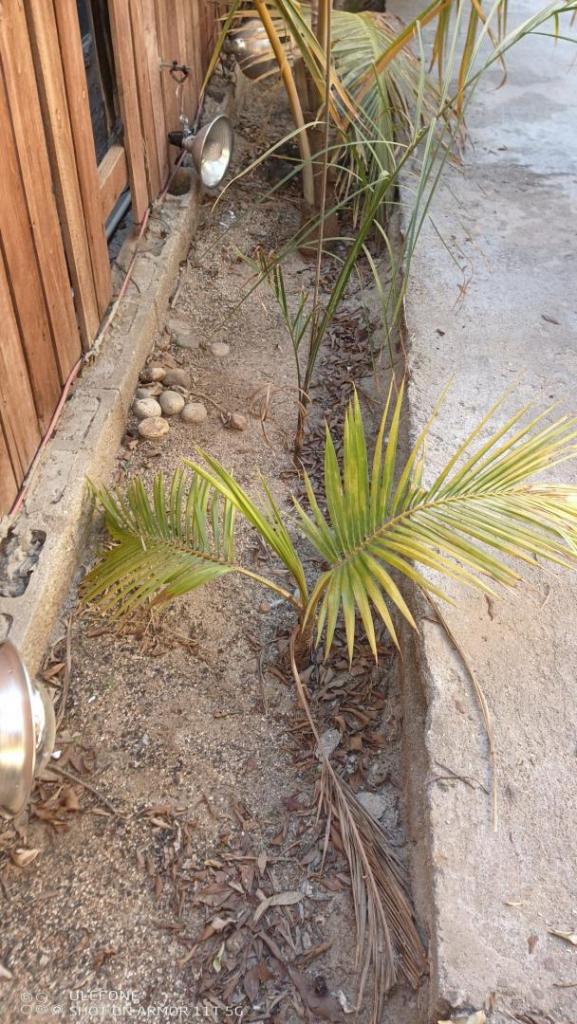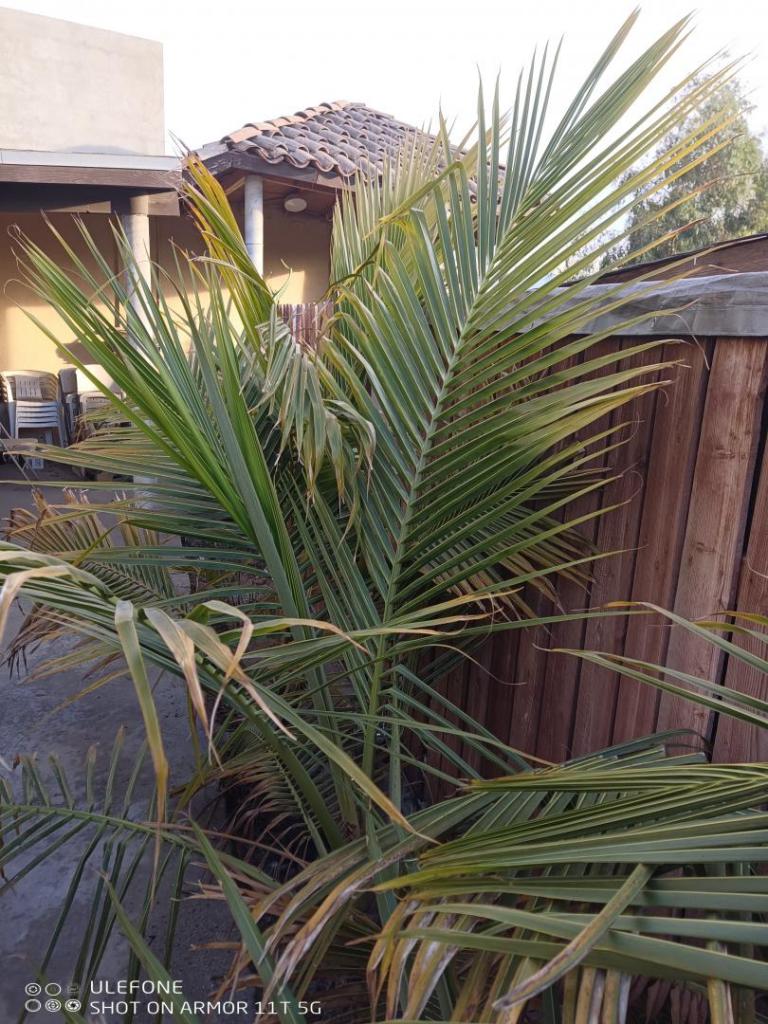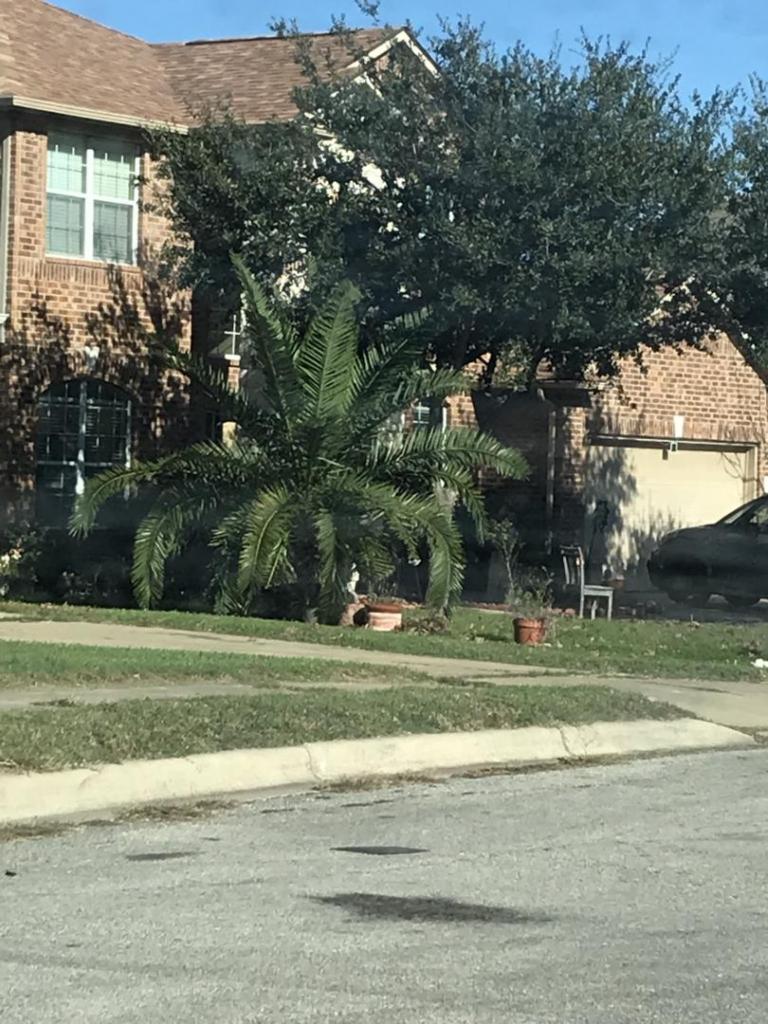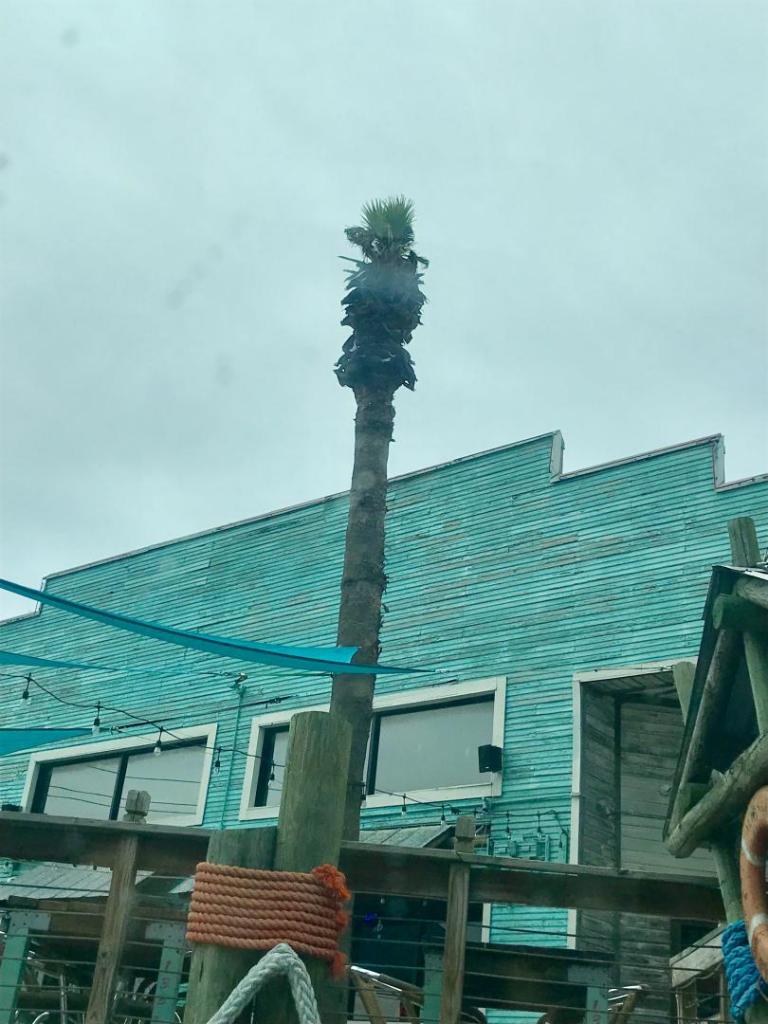Leaderboard
Popular Content
Showing content with the highest reputation on 01/12/2022 in all areas
-
9 points
-
7 points
-
The many foxtails on SPI largely survived last year's 50 year freeze (made 2010/2011 look like a joke) so hopefully they have many years ahead. Here's a Carpentaria way up the coast in Galveston back in the day (circa late 2000s): Galveston often gets long streaks of winters with no freeze but winter is significantly cooler overall. January mean of 54.5F/12.5C. It did well in the late 90s-2000s warm streak but presumably died in 2010. Mature Wodyetia and Roystonea were also present with some managing to survive 2010/2011 (low of 25-27F/-3C) while more tender things like Carpentaria, Archontophoenix alexandrae, Dypsis lutescens and Ptychosperma elegans did not.6 points
-
Here are a few pictures I took on my trip to the Southwest back in June. I find this area of the nation different and kind of enchanting specifically along Interstate 8 Two pics of a date farm and California fan palms taken in the Imperial Valley near El Centro, CA A pic of the border with Mexico taken near Jacumba Hot Springs, CA A pic of sand dunes near Glamis, CA A pic of two Robustas in Yuma, AZ5 points
-
5 points
-
5 points
-
4 points
-
4 points
-
4 points
-
4 points
-
4 points
-
3 points
-
Happy New Year Palmtalk! I am posting to give everyone a heads up on the 2022 Biennial. Who: IPS members only and due to logistics, max 150 people. What: the IPS Biennial Hawaii 2022 When: October 9th through the 15th of 2022. Where: Oahu and Hilo with pre and post tours planned for Maui and Kaua'i. Special notables include Lyon Arboretum, Foster Botanical, Floribunda and Leilani Estates and more. Why: because it's Hawaii and we love super palmy places! More details to come but if you plan on making it, save the date, and check in, below!3 points
-
3 points
-
3 points
-
3 points
-
3 points
-
3 points
-
3 points
-
3 points
-
3 points
-
3 points
-
3 points
-
3 points
-
Found this Video of ocean drive in Corpus Christi. Not much difference than rockport video but good to see they are replacing the dead ones3 points
-
That's the thought atm.. Regardless, it will take time before the atmosphere responds to any big changes that occur in the Pacific over the next several months.. By that time, we'll be well into mid / late spring so any changes that might allow more cold to get into that part of the country won't really do much. .. Watching it myself since earlier forecasts suggested we might be headed toward the first signs of another El Nino. Current thought looks like this.. A pretty big change from earlier.. ( same plot had the black line crossing into " lean positive " territory by late July / August.. ) ^^ Current look seems to suggest keeping things in the " lean La Nina " territory ..for the moment.. We will be headed into the " Spring Unpredictability Season " soon so i expect this forecast plot to change again by the time we get to the start of June.. What i would keep an eye on is there have been some hints from a few rogue model runs another lobe of cold air might try to rotate down over western Canada / Pac. N.W. again late month / start of Feb.. ..Nothing to be too concerned with for now, as most forecasts / model runs keep the cold east of the Rockies for awhile.. just something to watch in case a trend starts to develop.3 points
-
Yup... correct..and technically.. There's... (WRxWF)= Robustifera ( more ideal with fast recoveries from cold damaged foliage generally quicker growth with increased trunk hardiness in comparison to robusta alone) still similar robusta trunked from mother..but bigger in form (WFxWR)= Filibusta (less ideal with slower growth from foliar damage and similar filifera hardiness compared to filifera and a massive "not leaf hardy" crown/ trunk..( these are common in my area from nursery stocks shipped in)... And everything from that.. wr x wf x wf X wr x wf x wr X wf x wr x wf If you want any chance of having pure forms..best to grow from seed.. locally isolated forms.. Imo.. and travel.. the TorC filifera are proven to be the purest filifera I've seen and experienced.. they've been there 50+ years..3 points
-
Here are some from my yard this morning... They are pretty fast growers too!3 points
-
Actually, its about as wet as it gets right now. The lowest water levels are in April and May after the cold fronts stop coming but before the summer rains begin. However, there is no need to get wet in order to get near some Florida native Royals. They love water but don't necessarily grow where it is constantly flooded. I will probably be over in the area some time in the next few weeks. I'll see what I can find.3 points
-
Hi Chris It's great to hear from local members. You are more than welcome anytime you like visit us here in Paphos and see the palm in person. It will be interesting to see what you are growing there in Limassol and post it here. You have a very potential climate there too. Just took these photos today. It's a nice day and at the place that is planted the thermometer shows 22C in the middle of the day. The nights have been good so far. It saw a couple of nights 10C and the rest were 11C to 14C.3 points
-
Yep, i'm cheap.. What can i say Having a bunch of Scarlet and Mealy Cap Sage, and some other easy, non- woody things to start this year, was looking for an easy way to create as much space for starting plugs ( to be transplanted around the yard / into bigger pots later ) w/ out having to spend much, if any extra for pots.. let alone using something everyone probably has laying around the house.. No doubt this probably isn't anything new, but thought i'd share anyway for anyone looking to start a bunch of annual or easier perennial -type plants using pots you probably have, and saving some $$. Dilemma: Lots of seed to start, don't want to just spread the seed out over the entire surface of the pots.. Make it a little tougher to separate later/ risks more transplant shock to the plants. What to do to create easier to transplant " plugs " ...Don't want to use up all my smaller squares, Don't want to buy more either right now.. Solution: Cut up cardboard ( have plenty of around the house am ) into partitions that separate the space in each pot into four holes / " plugs ".. Instantly go from 8 pots per tray, to 32 " pots " pert tray.. Easy peezy.. A few filled w soil.. That said, obviously the cardboard will break down as it gets wet, but it should hold up long enough to make it easier to break the root balls apart once roots fill the soil in each plug. Will work on deeper square pots as well.. though i do need to cut new partitions since these are a little short for these pots. Going to test the " idea " on a couple 1 gals for the heck of it. Could also use reusable / more durable corrugated plastic instead of cardboard to create the partitions as well.. Might buy a sheet or two to play around with.. Will update w/ results/ thoughts once some seedlings are up.. Who knew being a cheap hack was so easy..2 points
-
2 points
-
This year, my beccariophoenix seems to have grown even through winter (Fresno, California). It's currently opening up a frond, despite cold, wet conditions barely topping 60F during the day and falling to mid-30s at night. (Notice some slight frost damage on the brugmansia foliage in the background on the right.) This palm came from @Perito a few years back (2018, I believe).2 points
-
2 points
-
It will at least be chilly in our neck of the woods. Specific freeze threats still remain to be seen. This pattern definitely supports it though, so keep watch.2 points
-
I'm going to pipe in with my usual suggestion and observation. Heeled Dypsis are glacially slow to develop roots, they do fine to a degree in pots, but when you plant in the ground they are VERY critical on drainage and heat. If you have decent heat and drainage, it's less of an issue. However, with me being coastal and having clay, planting the palms and soil line was probably a 75% death sentence for my Heeled palms. Thus you benefit from what I often refer to "mound planting" as I call it if you have similar conditions to me. By having some of the roots "above" soil line, excess water does not tend to rot the plant and can drain off. If you need more water, water more frequently. Plenty of posts from me regarding it if you look around. It looks like some I planted at ground/soil line during the winter. The roots really struggle with cool winter.. not enough to support hot days and either rot, or leaf burn is often the result. But what do I know?2 points
-
Black mangrove in general fared quite poorly, I was really worried about it. But now there is a lot of resprouting, both new seeds sprouting and growth resuming from existing plants, there are still many sizable plants with no regrowth.2 points
-
2 points
-
2 points
-
2 points
-
2 points
-
2 points
-
2 points
-
2 points
-
2 points
-
2 points
-
For a predicted minimum of 10 F.. I protected my Trachy with a plant collar filled with insulating fabric, then bungeed the bottom with a thick, moving blanket, I bungeed the top with a shower curtain..., having brought the fronds together around the center spear. Then, I put a light, black plastic garbage can over it. It is on the south side of the house too., but I did not use lights. I hate the cold too, but thankfully, this kind of deadly cold is not so typical, but always memorable!2 points
-
2 points
-
No, I haven't noticed any spotting from the cold. The lowest we've had is 34F two or three times, and plenty of nights in the mid to high 30s. I think what you're seeing is natural black tomentum and coloration for this species. The undersides of the petioles and the leaflets have random distribution of black spotting and fuzz. There are two darker leaves which are aging and appear darker than the others, and there are water droplets throughout that just show up as white spots from my poor quality phone camera haha.2 points
-
@Jesse PNW the part about the clearance Arborvitae got me good. hahahaha @Las Palmas Norte Keep in mind that all the sabals are a native. Those butias really deserve their own space IMO. I love stand alone specimen sized butia. Also, Sago's are planted like crazy in central and south Alabama and the Florida panhandle.2 points





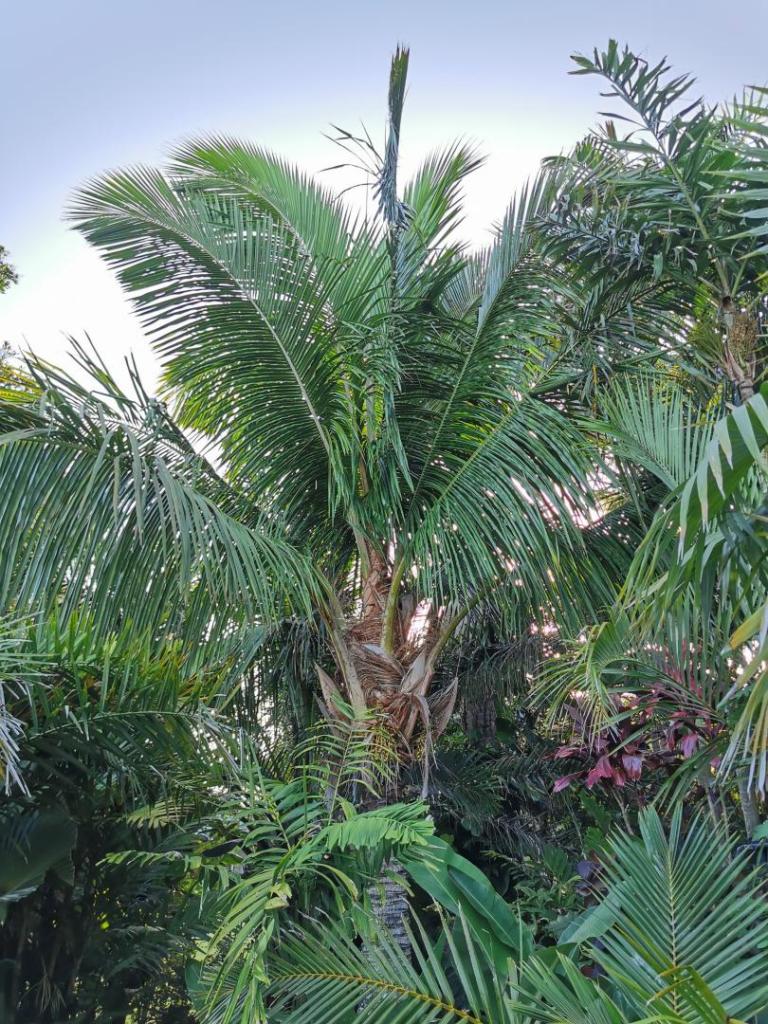

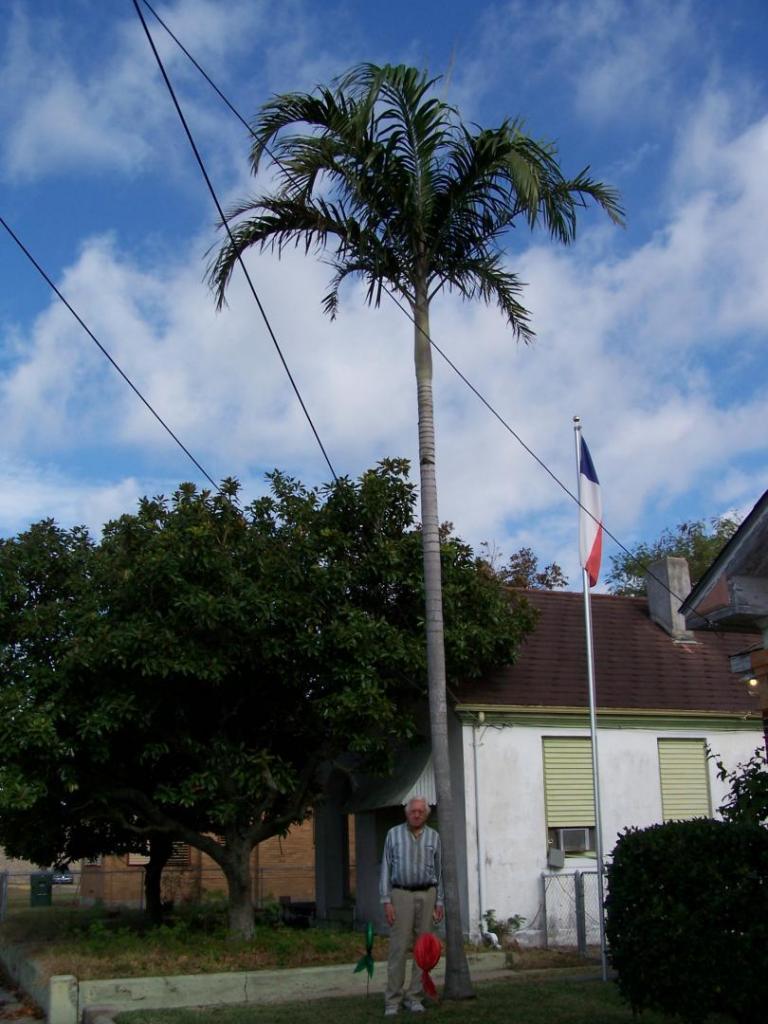


.thumb.jpg.4b15add63367e5dcfe9dba1650b3ea90.jpg)

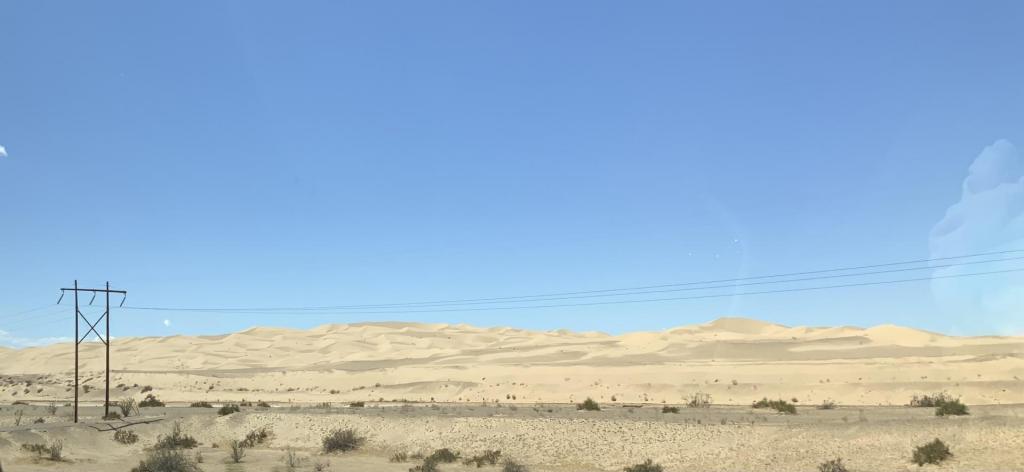
.thumb.jpg.e1a5dc1e4fb917f706559ed44dd72412.jpg)
